Maling Ancient Road, built in the Yuan Dynasty, is located in the high mountains of Zhejiang Province, China (close to Hangzhou). The 20 km route starts from Malingjiao Village, passes through Jiande and ends at Luci Village.
Maling Ancient Road (马岭古道) was the main thoroughfare for transporting people and goods to and from Pujiang, Yiwu, Dongyang, Lanxi, Jiande and Tonglu counties.
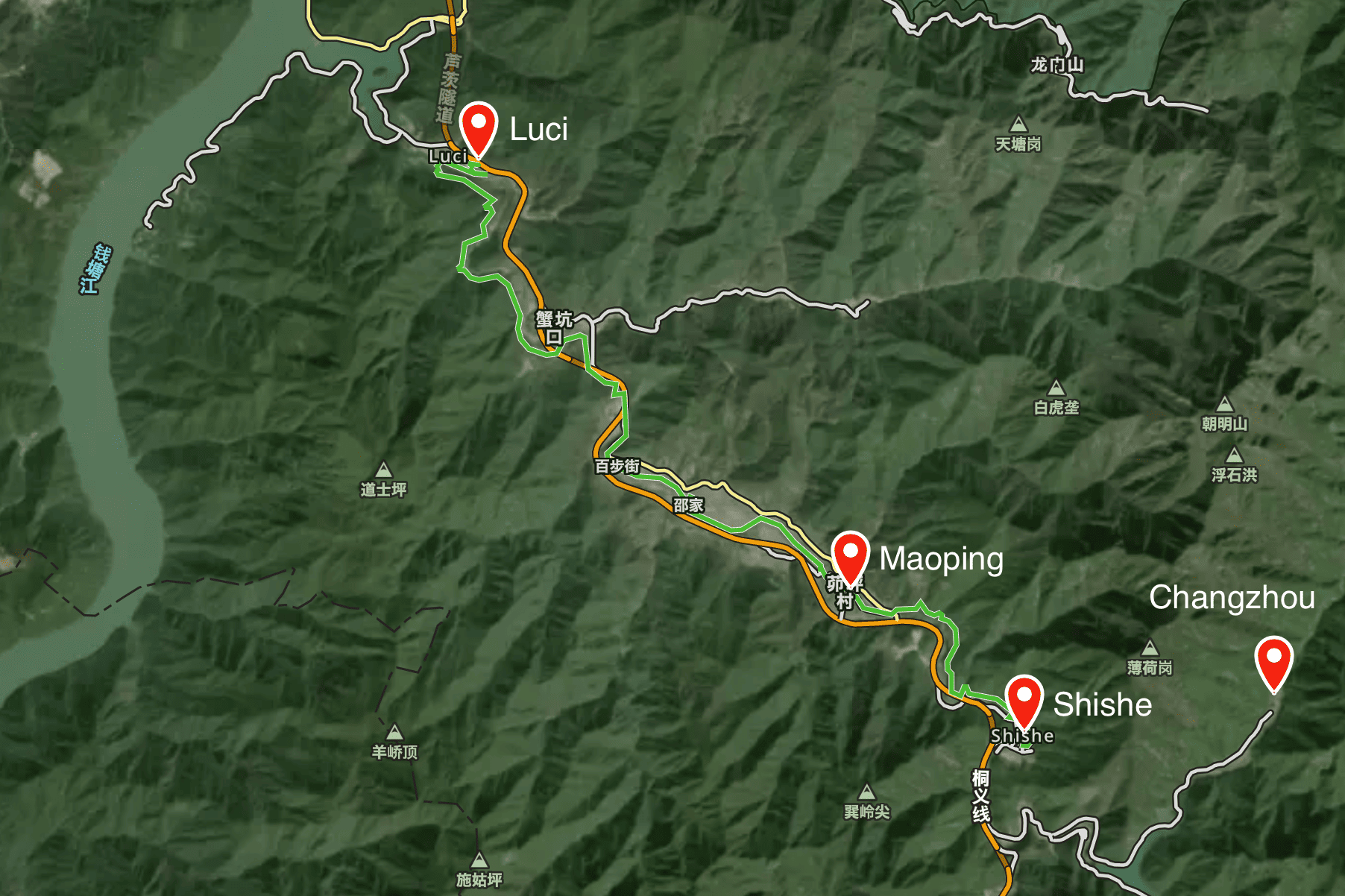
Maling got its name because the mountains undulating in the sky look like galloping horses. It has has historiclaly been a battleground for military strategists in central Zhejiang since ancient times.
In the 1970s, a highway cut across the mountainside, slicing the ancient road into several sections. After a tunnel was opened in 2008, the ancient trail was abandoned only to be rejuvenated in recent years due to the increasing popularity of hiking and tourism in the area.
In 2019, we walked part of the road but were prevented from returning to complete it till spring 2023 due to the pandemic.
Changzhou Village (长洲)
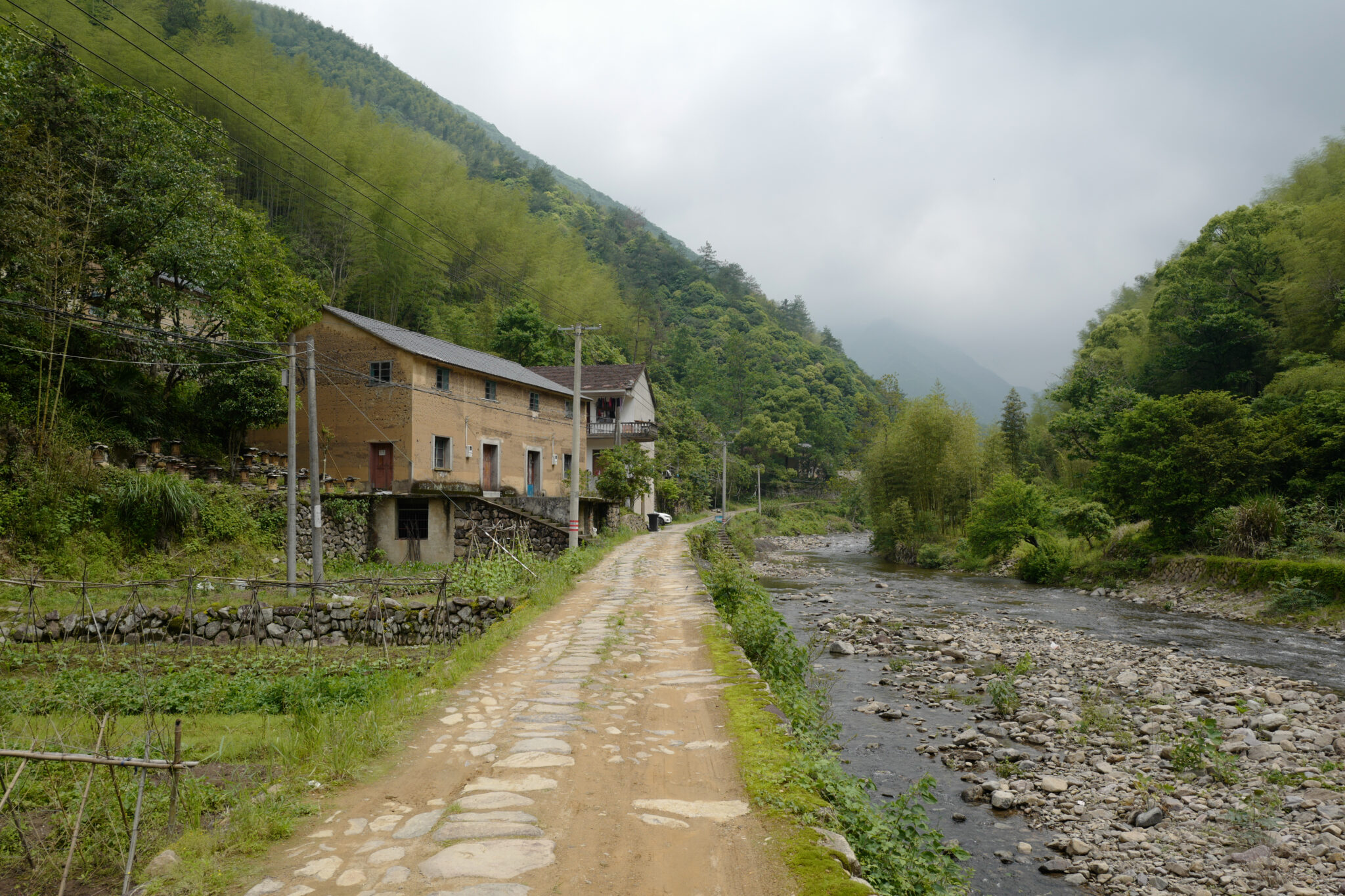
We started our walk in the sleepy village of Changzhou which lies in a valley that feeds the Fuchun River (富春江) we would be spending the day walking beside.
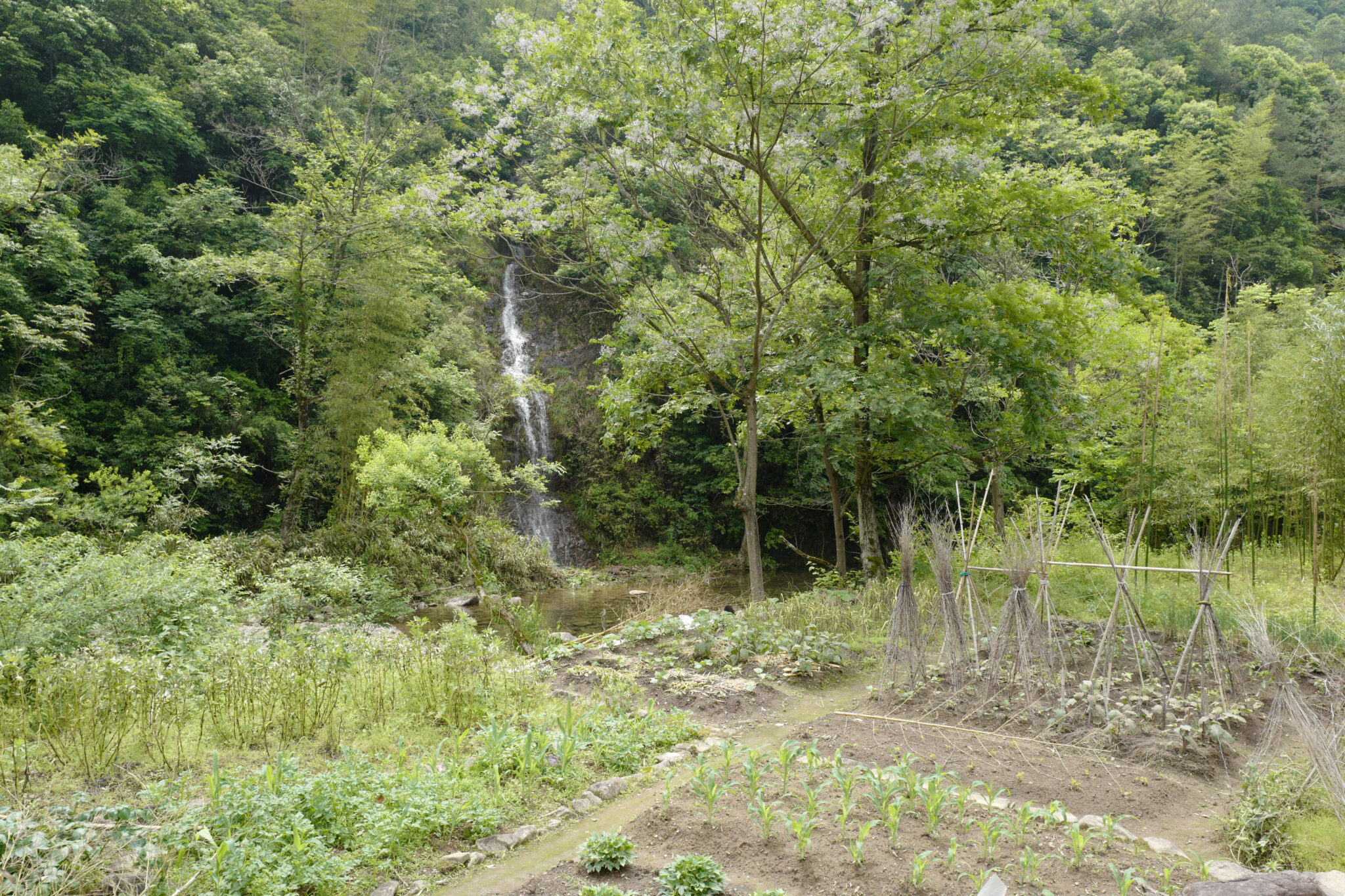
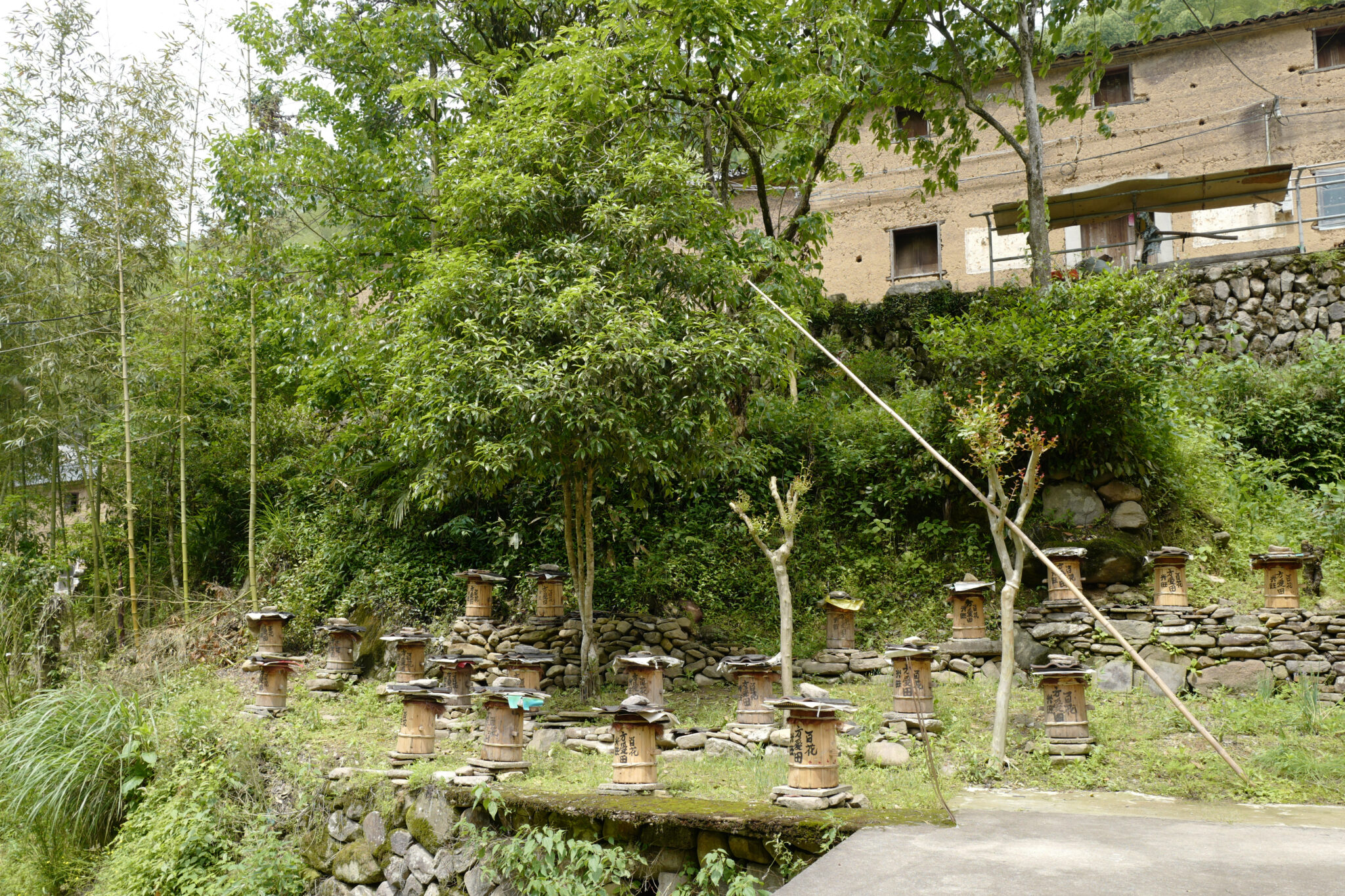
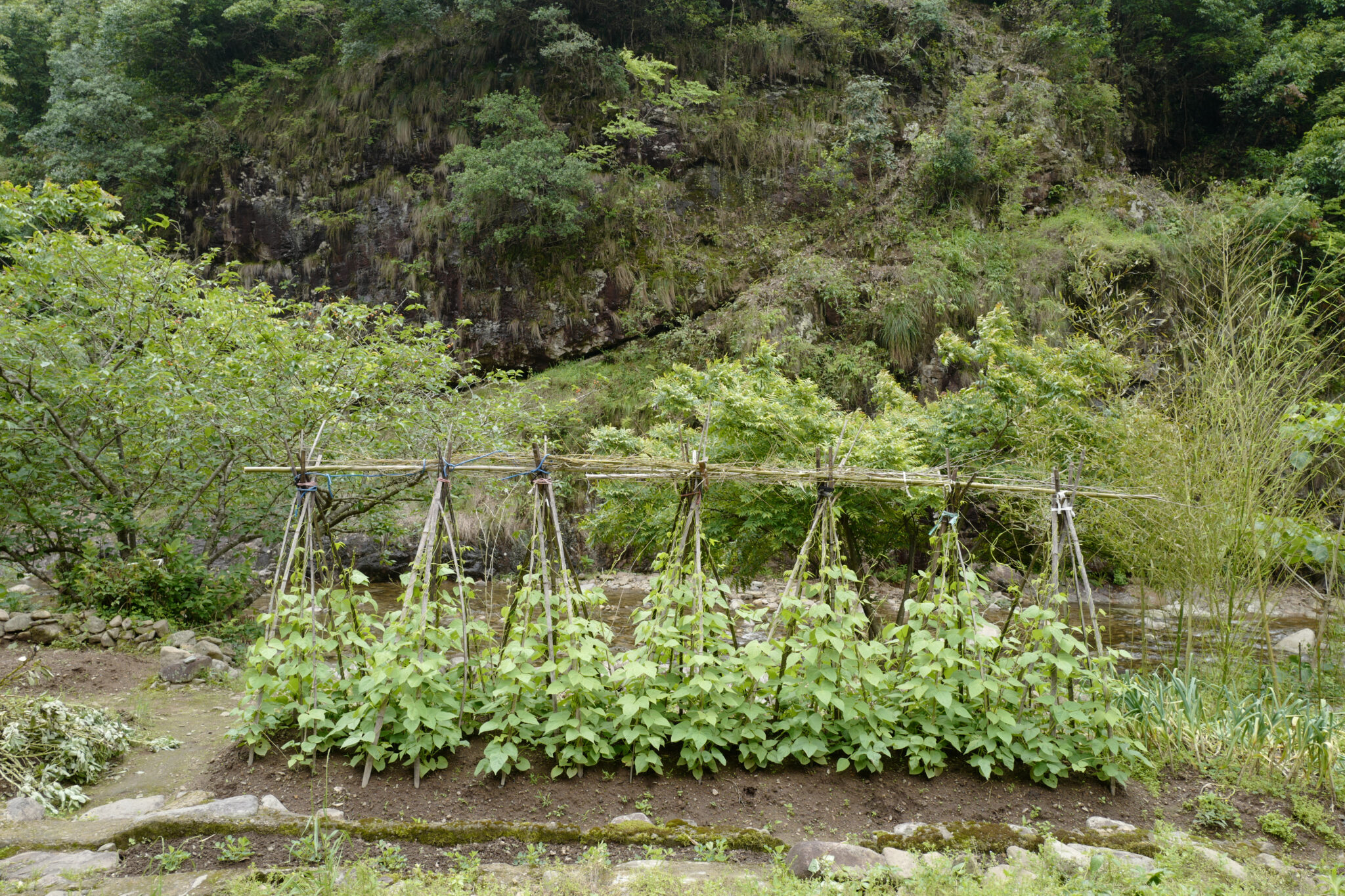
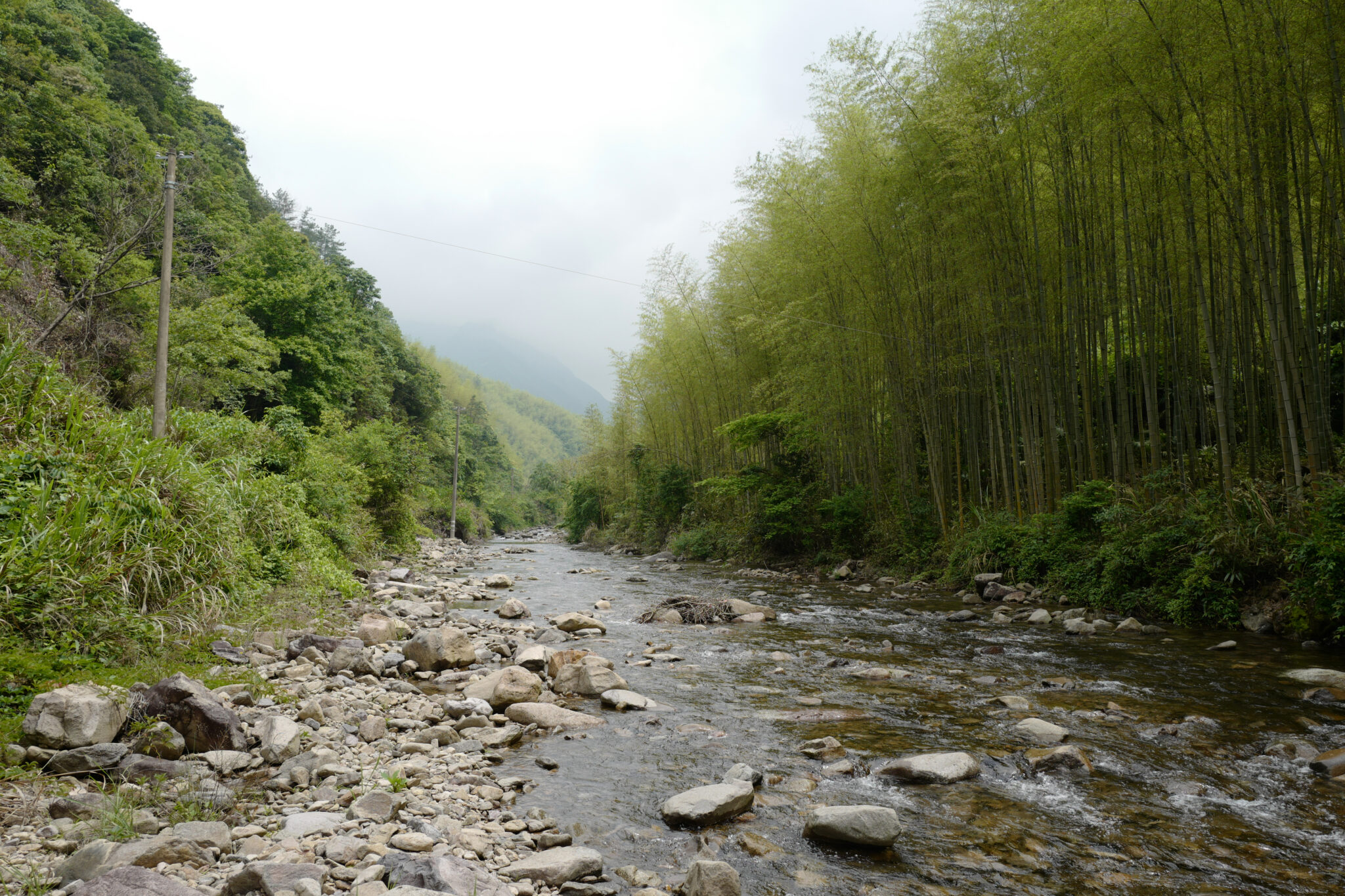
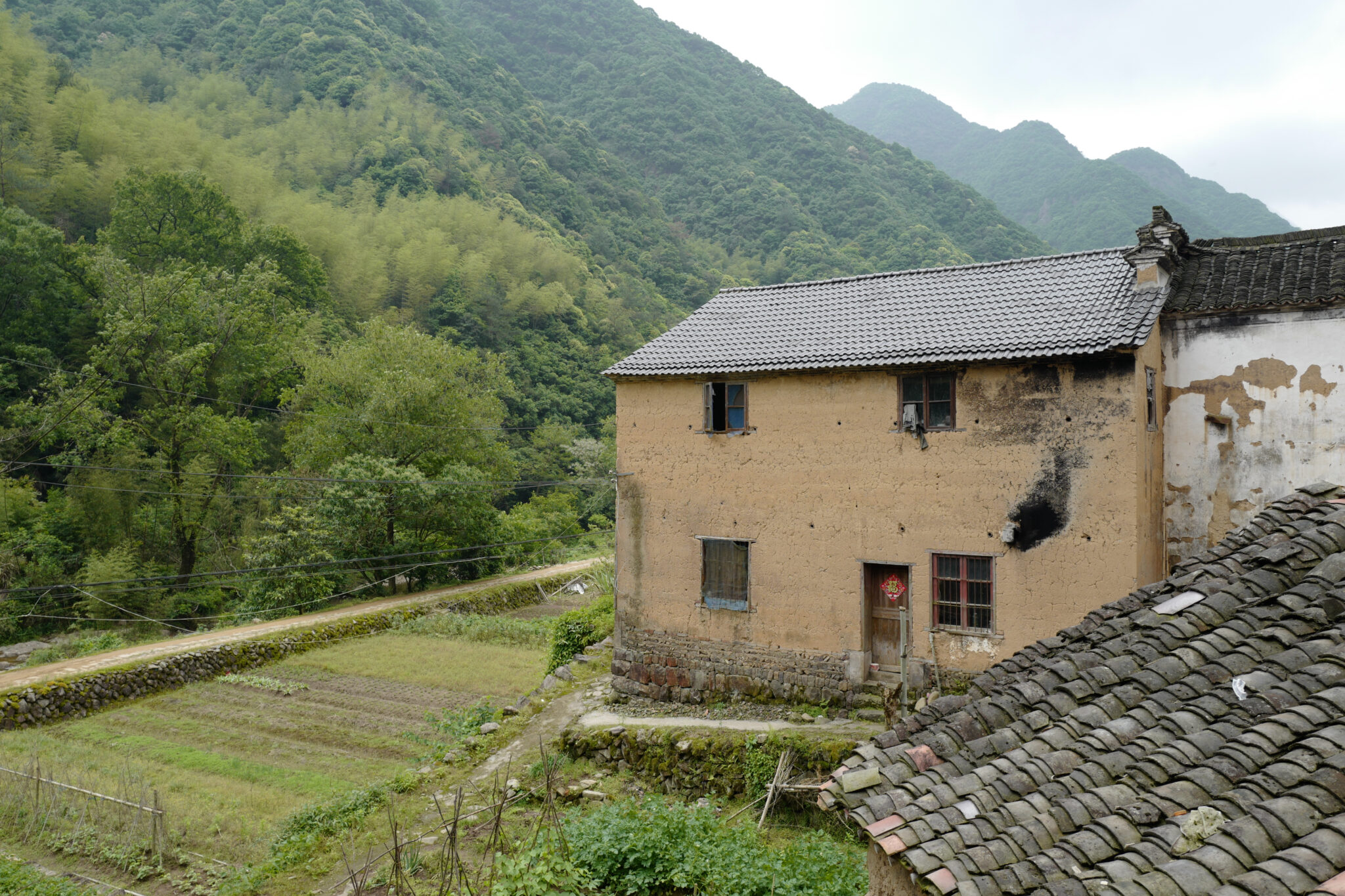
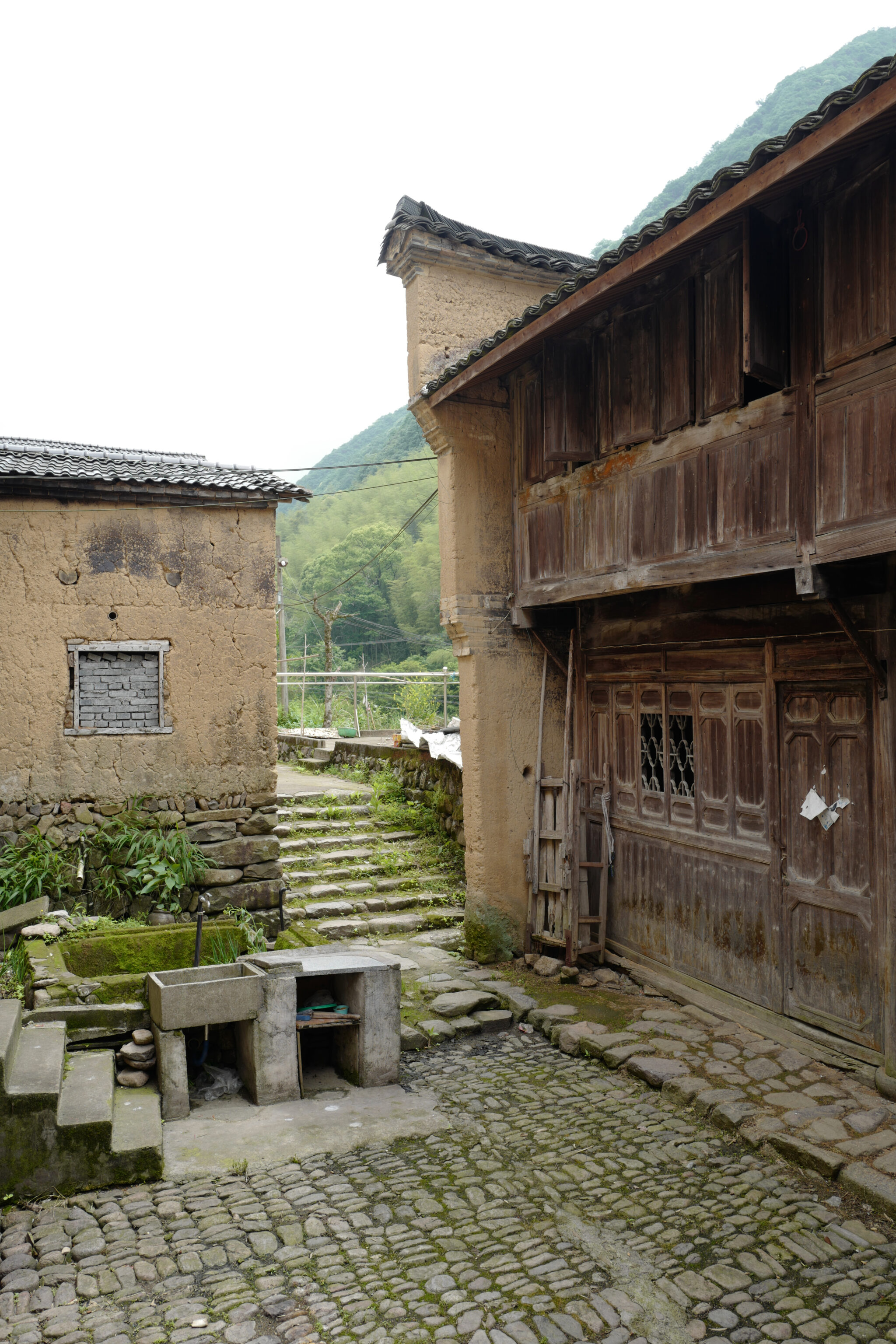
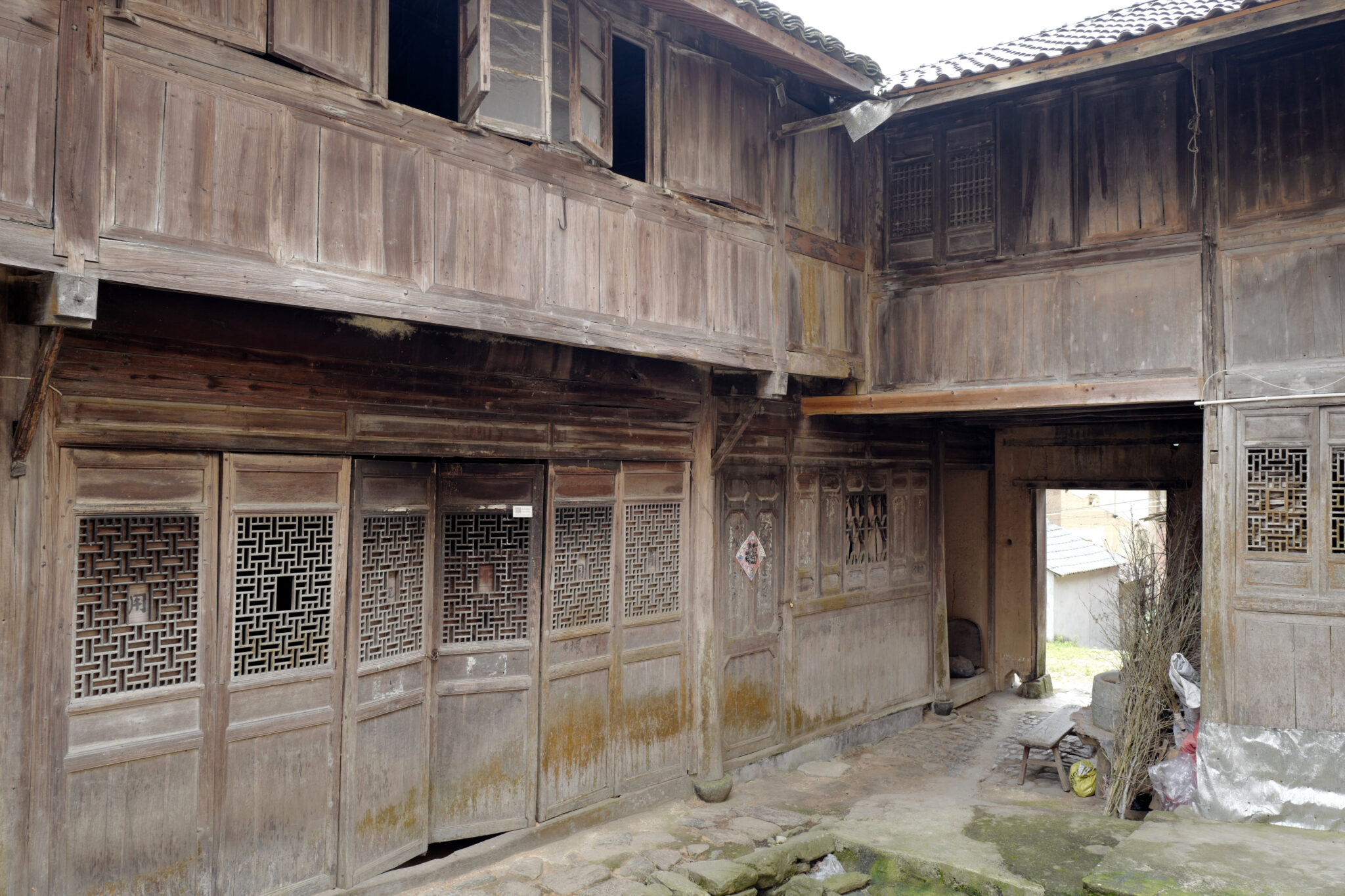
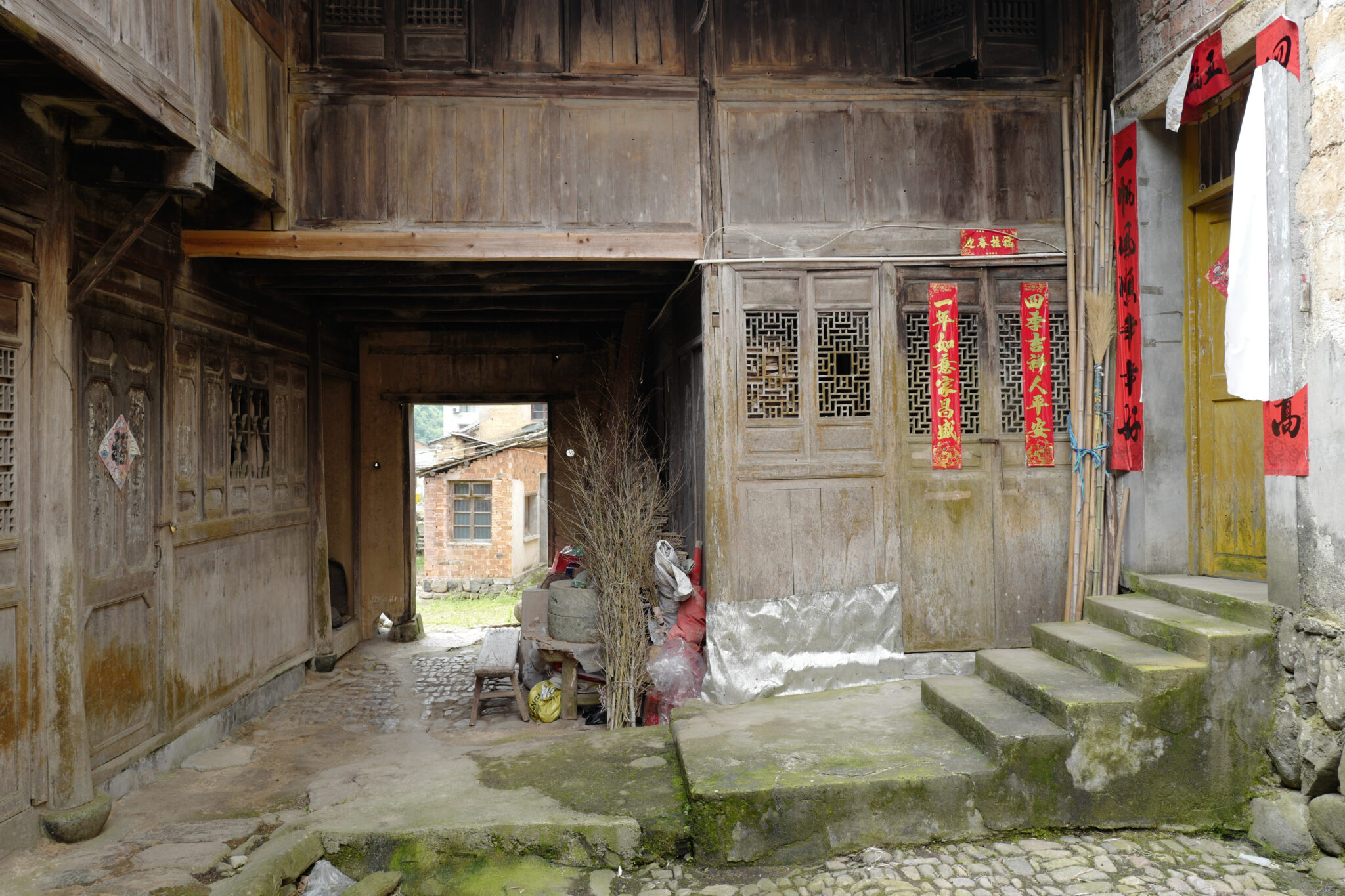
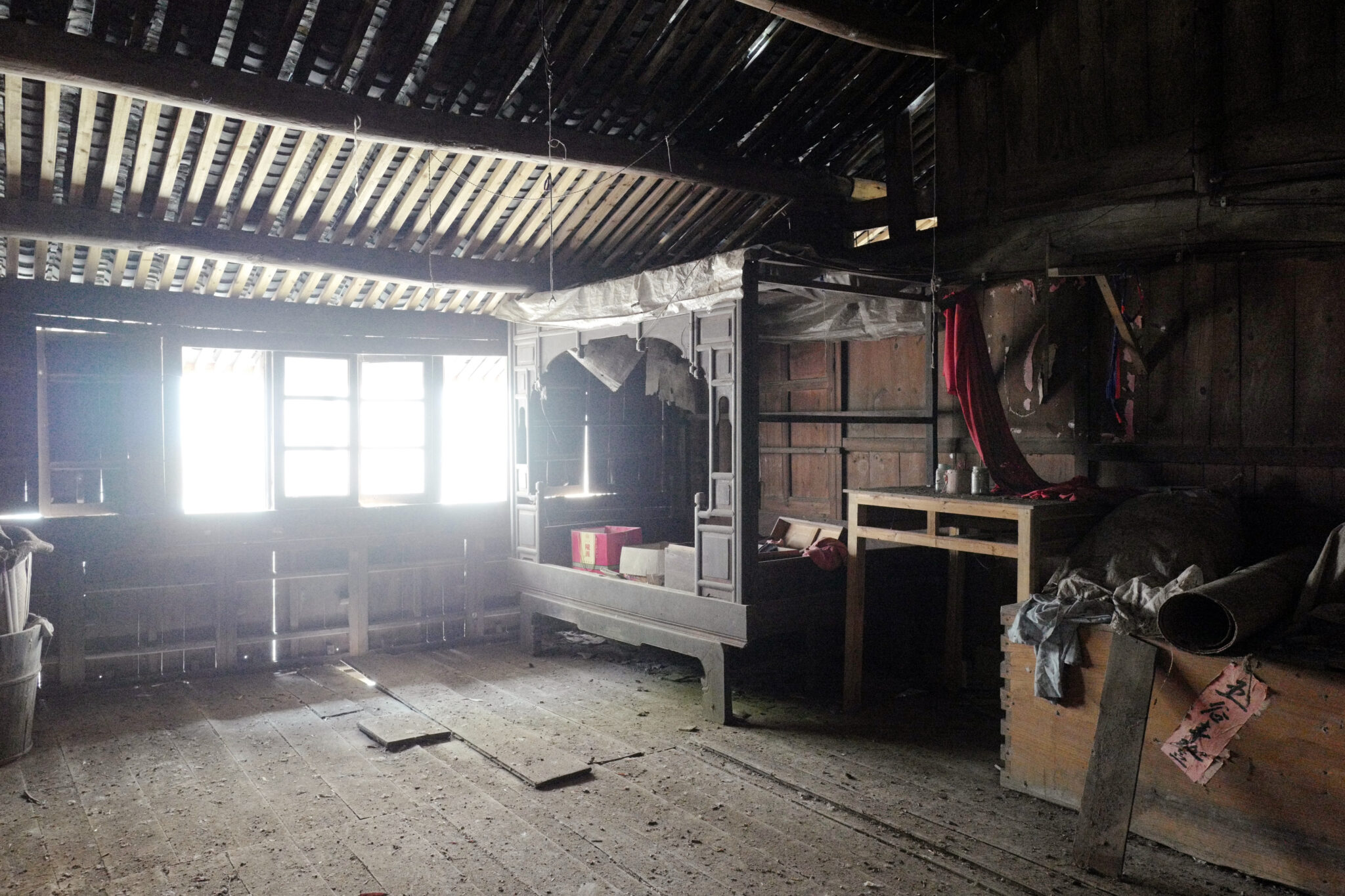
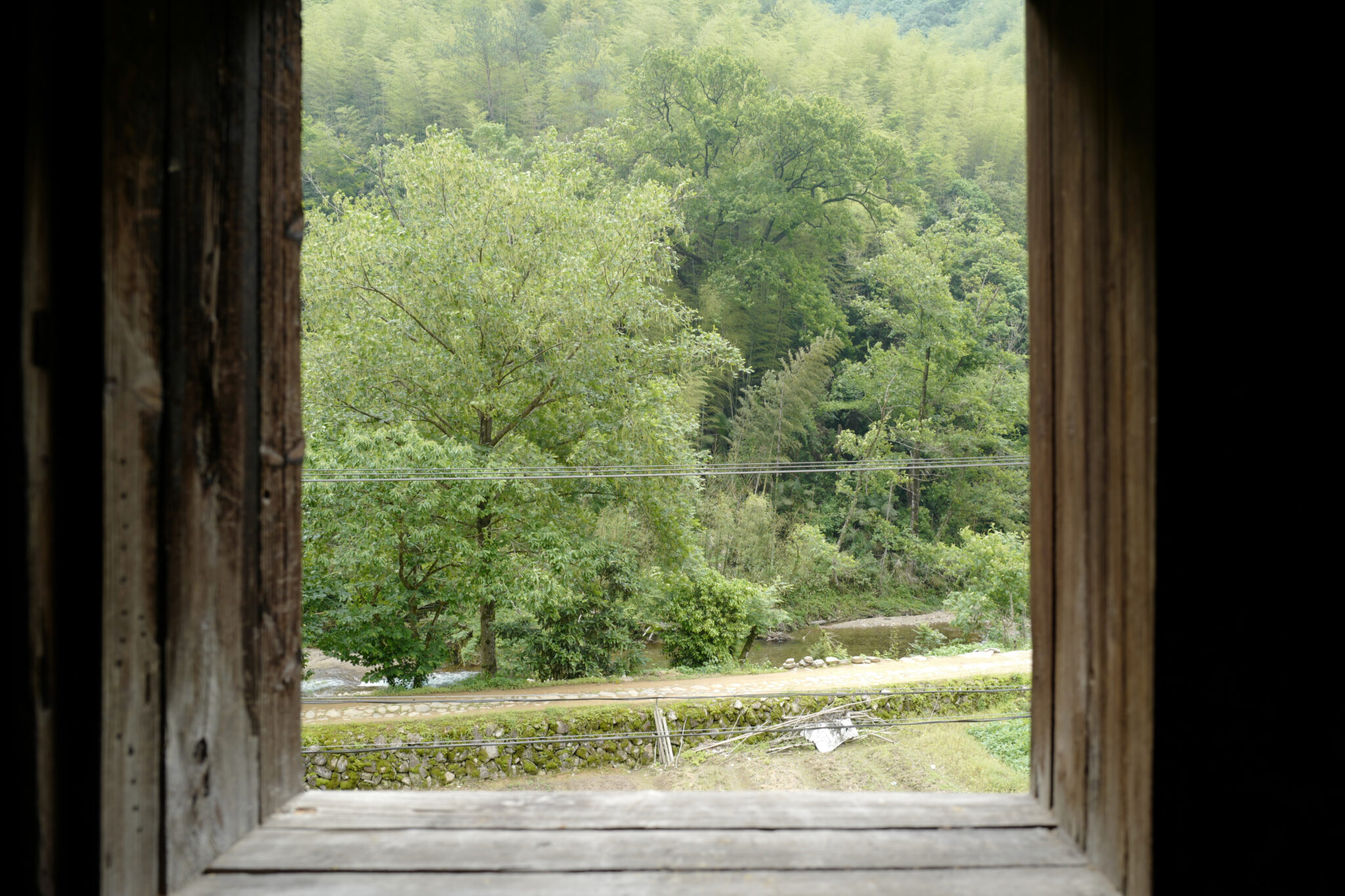
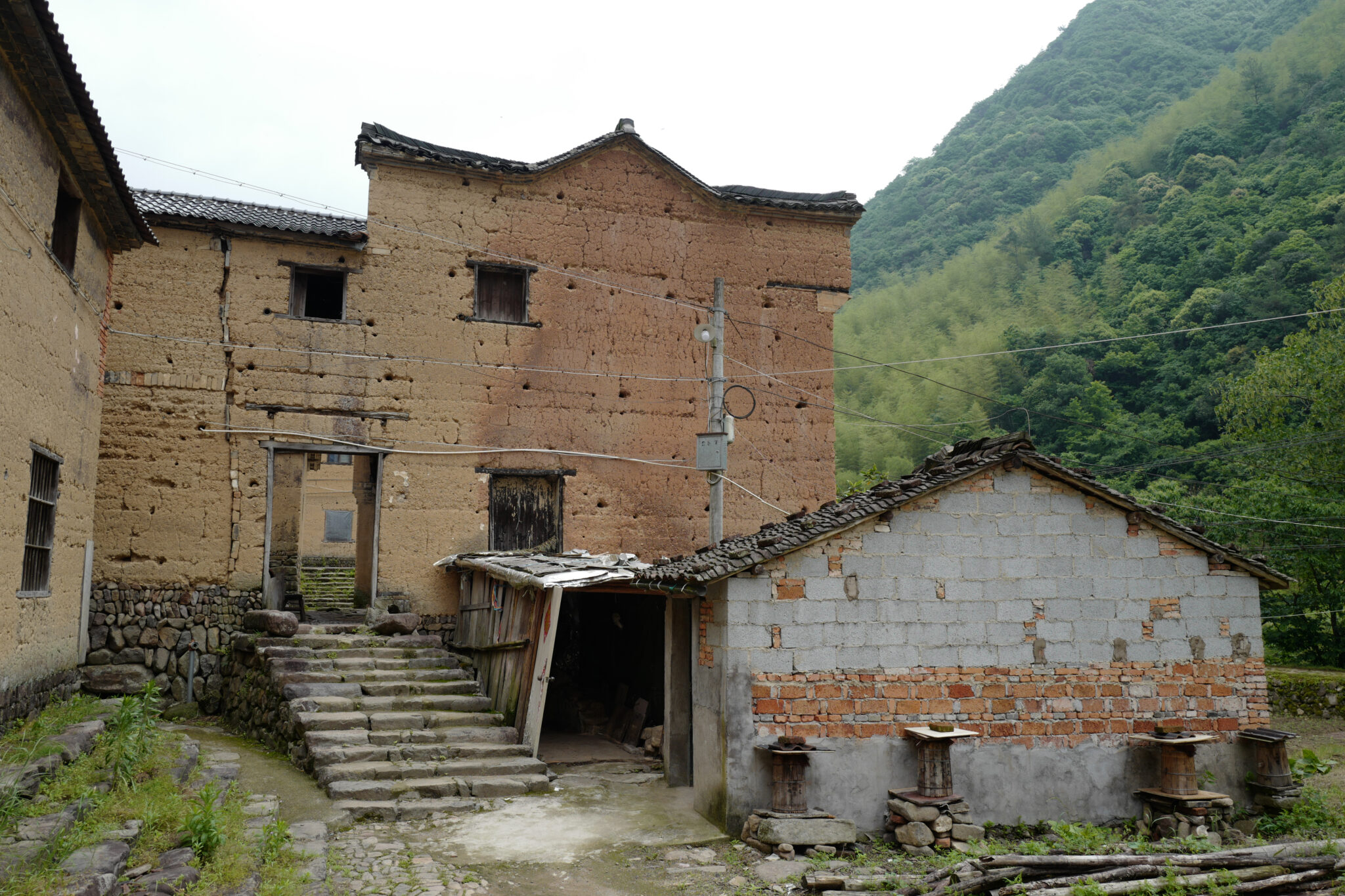
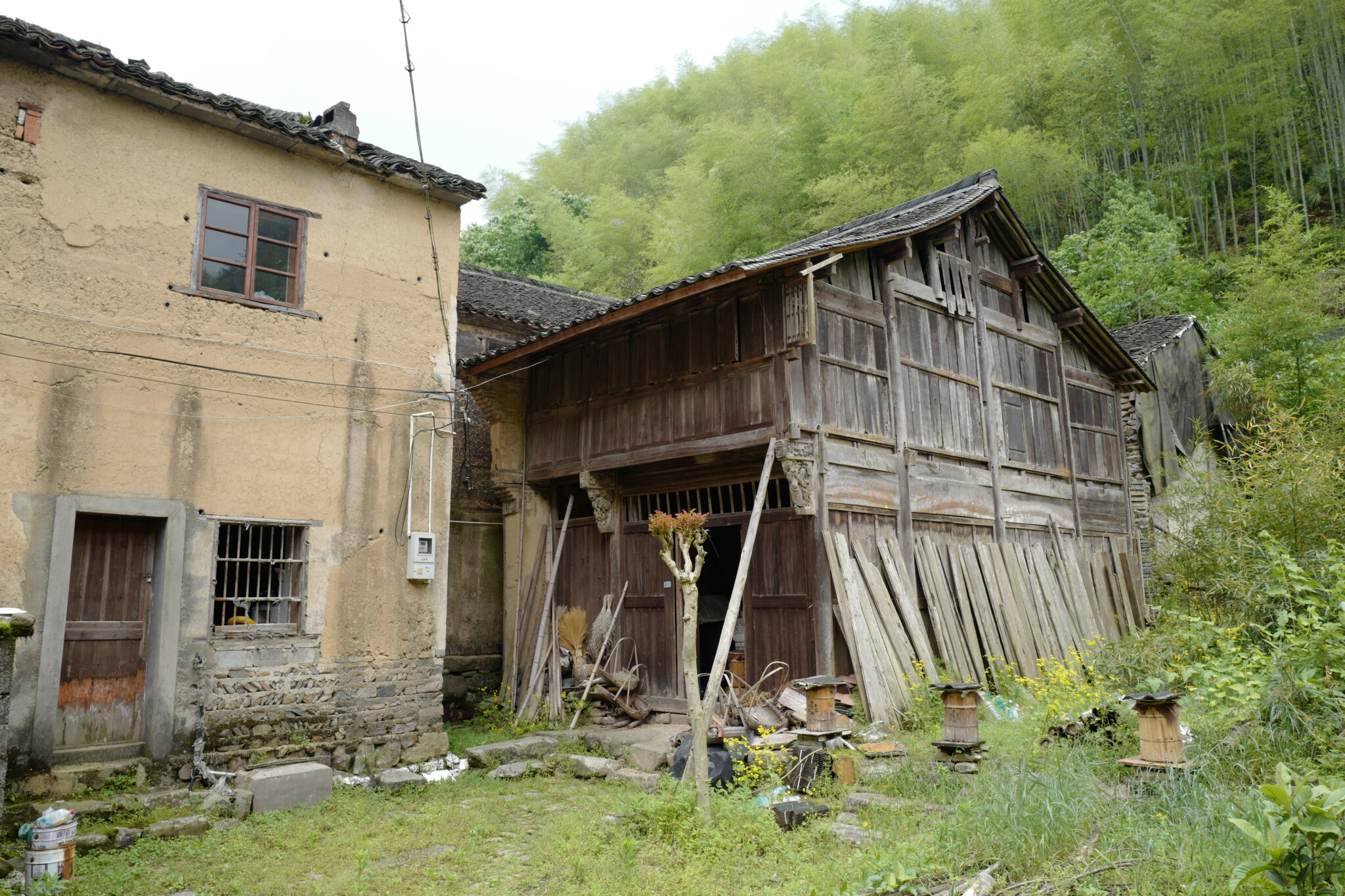
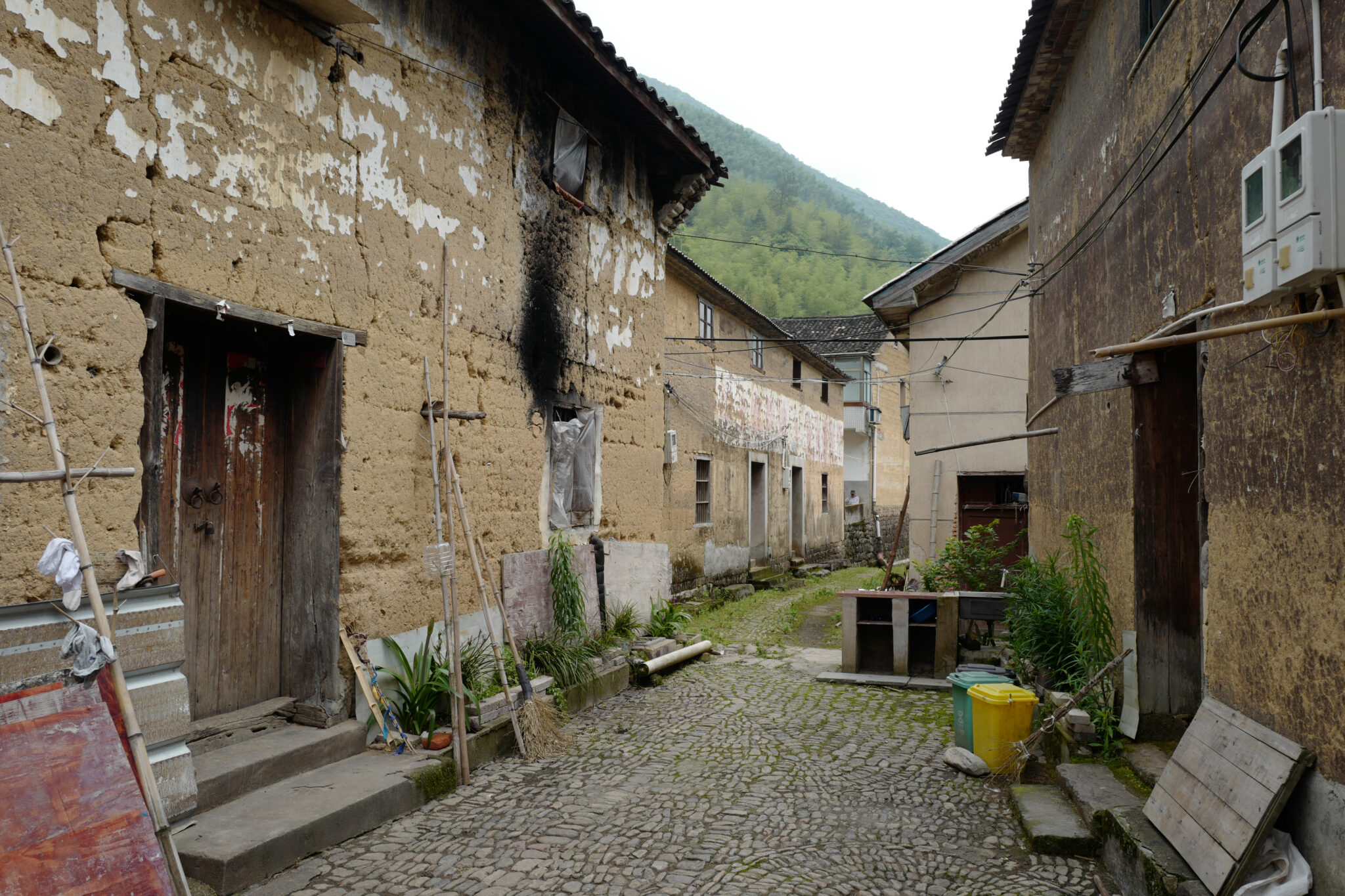
We saw only a few elderly farmers and stray dogs in the village. Most of the traditional wattle and daub buildings had seen better days with fading slogans from the Cultural Revolution still adorning the walls. They were still beautiful examples of a bygone world rapidly disappearing.

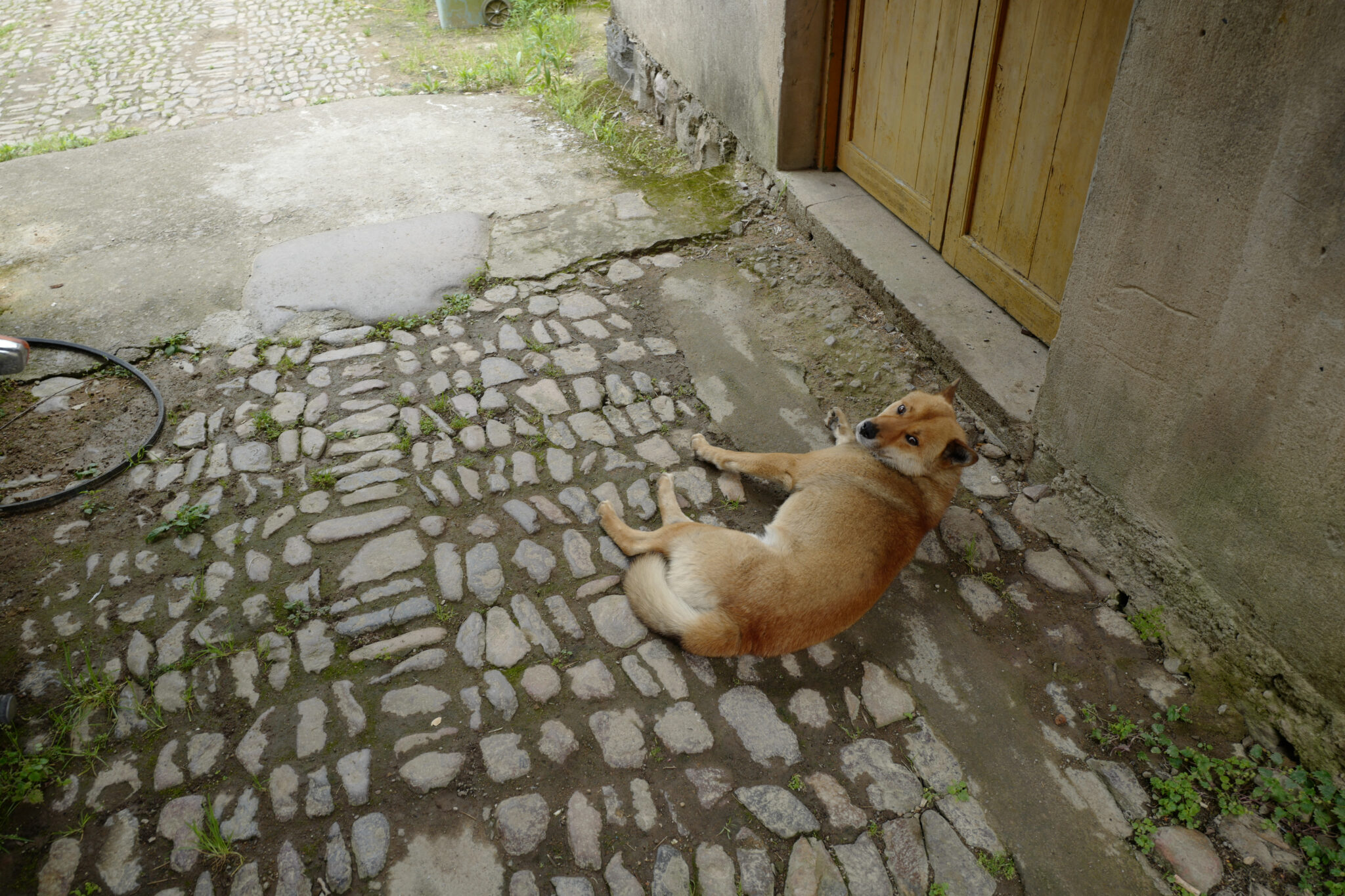
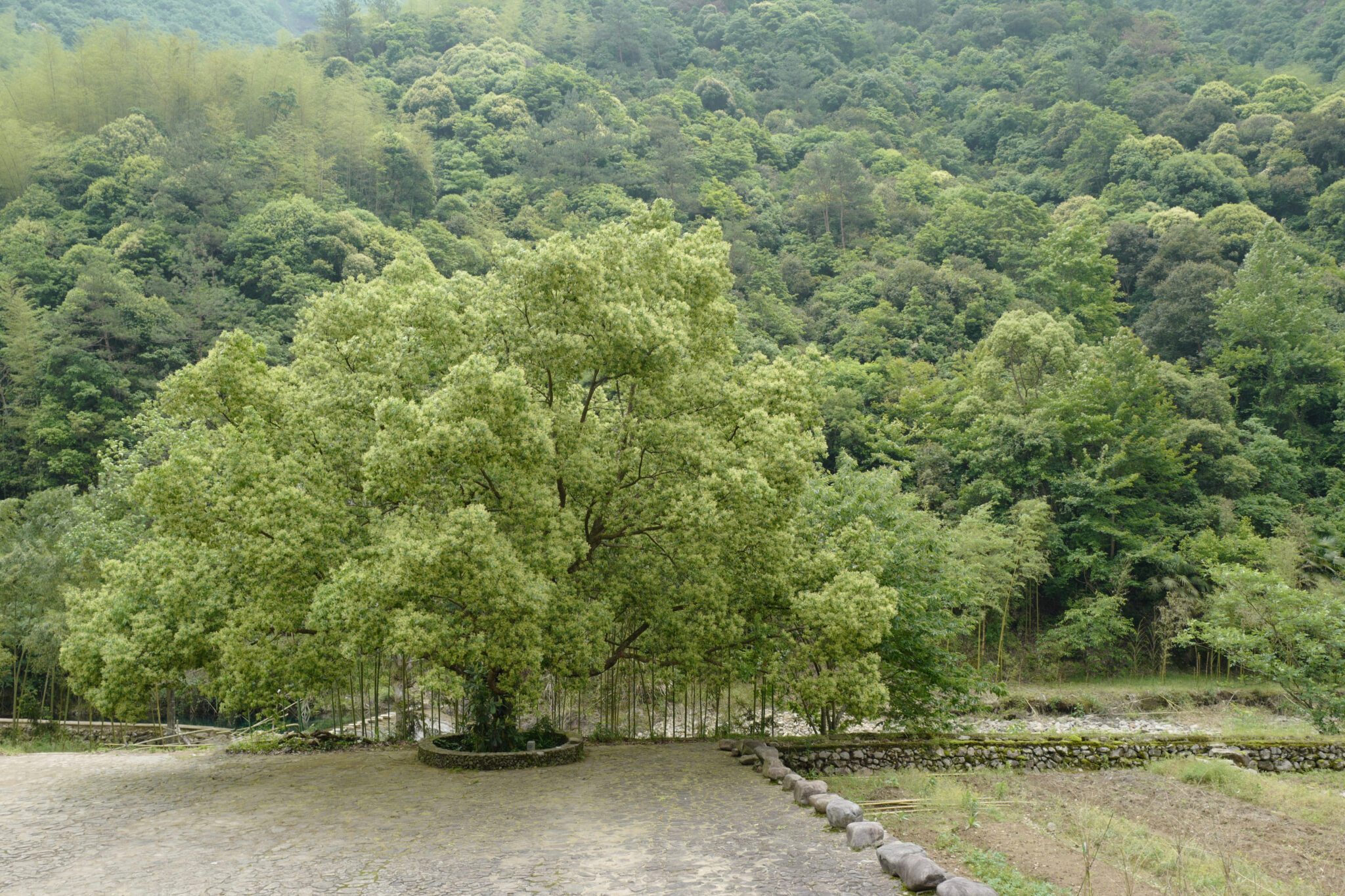
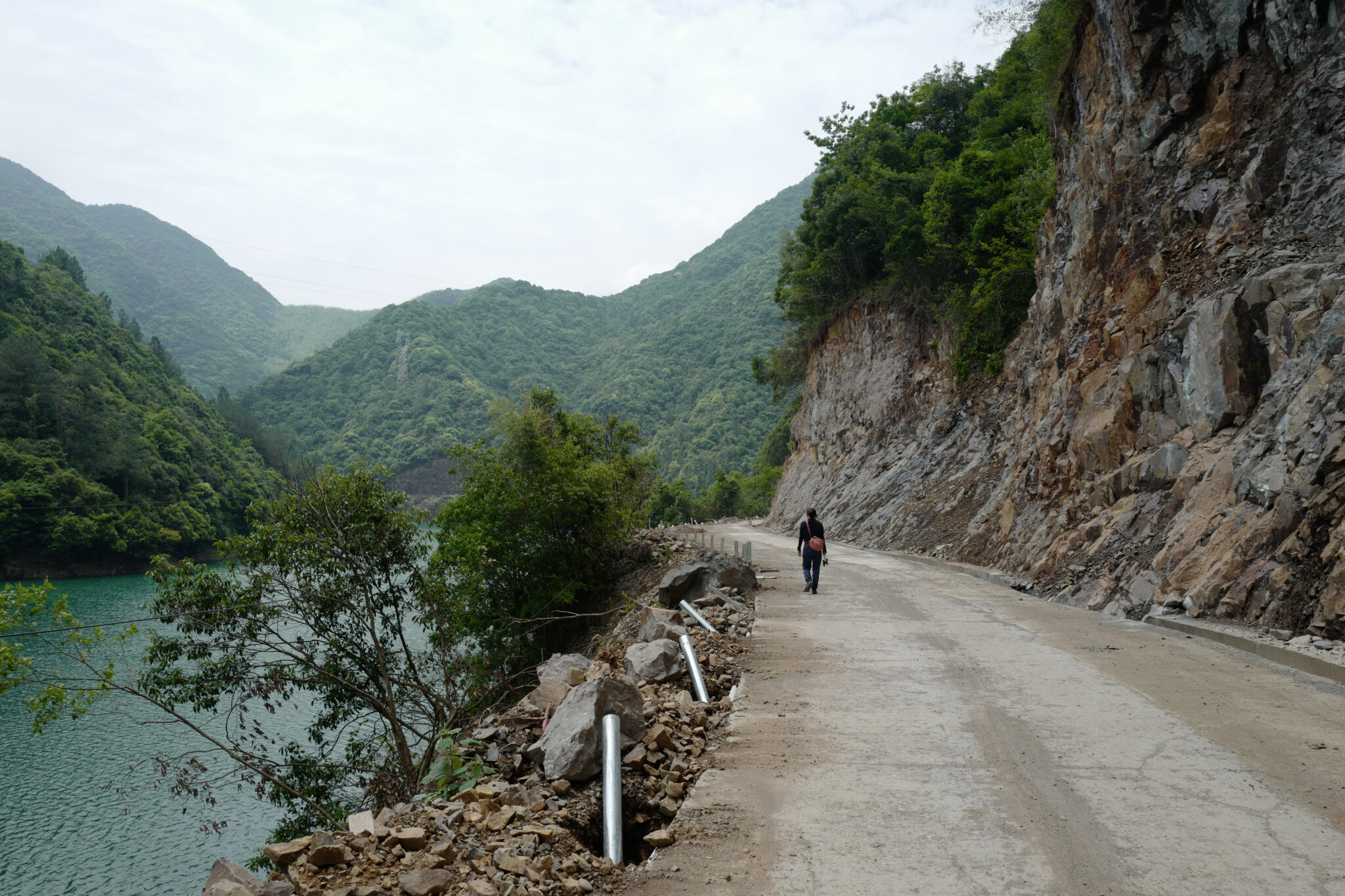
The road to the village was undergoing a major upgrade making me wonder if Changzhou was earmarked for development. Farmhouses in similar villages nearby have been turned into luxury holiday rentals in recent years, with varying sensitivity paid towards their reconstruction.
Shishe Village (石舍)
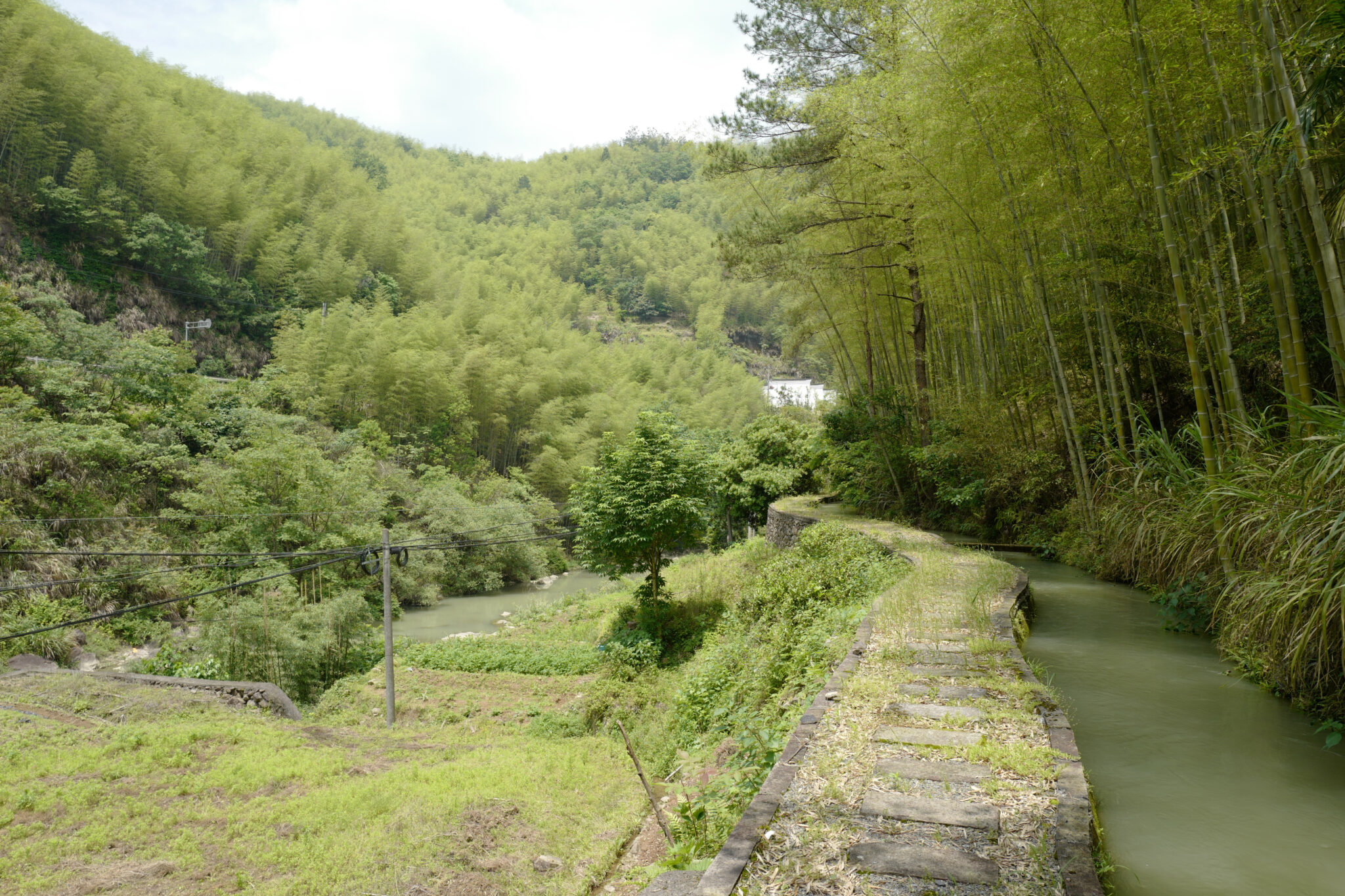
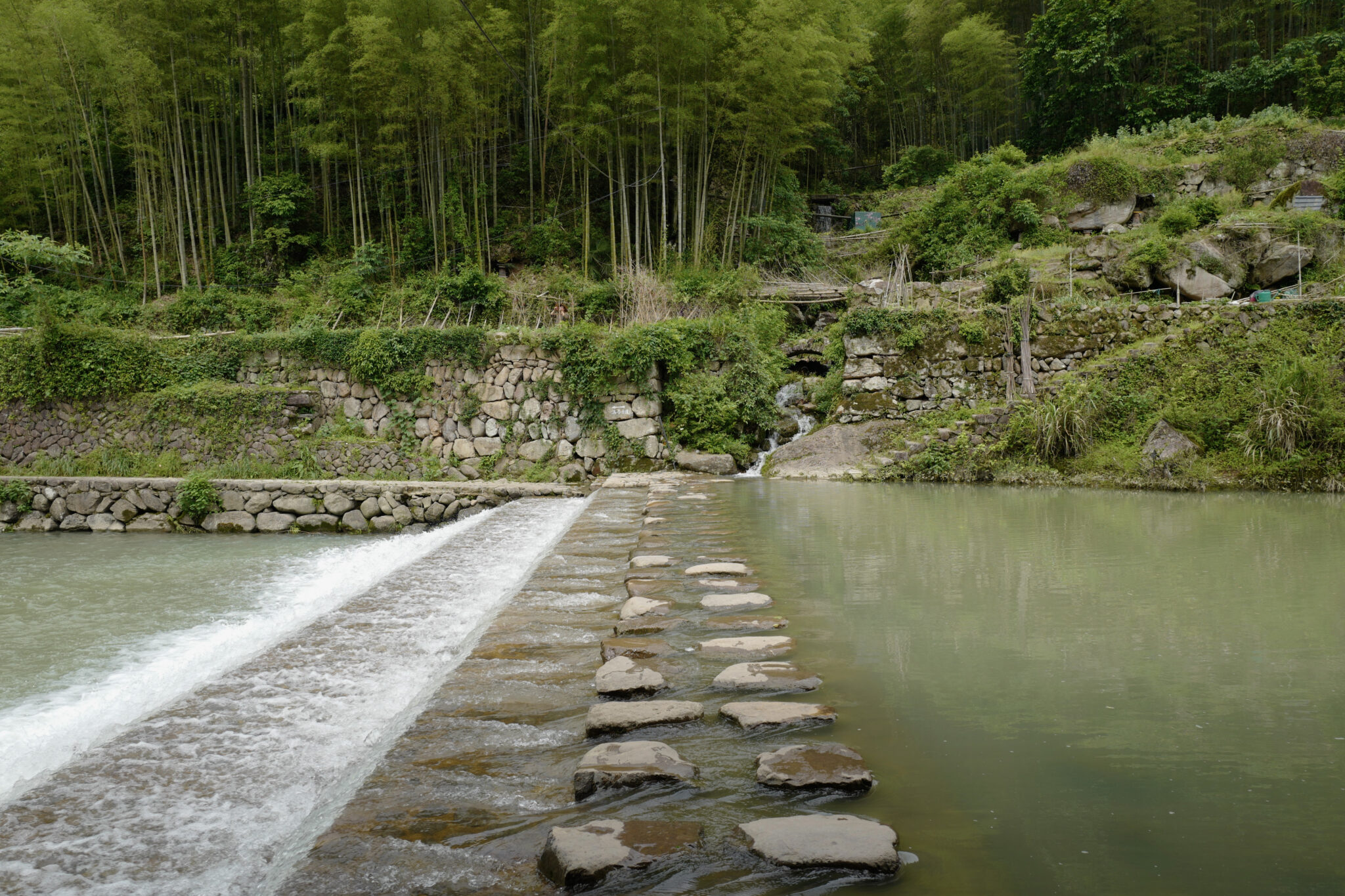
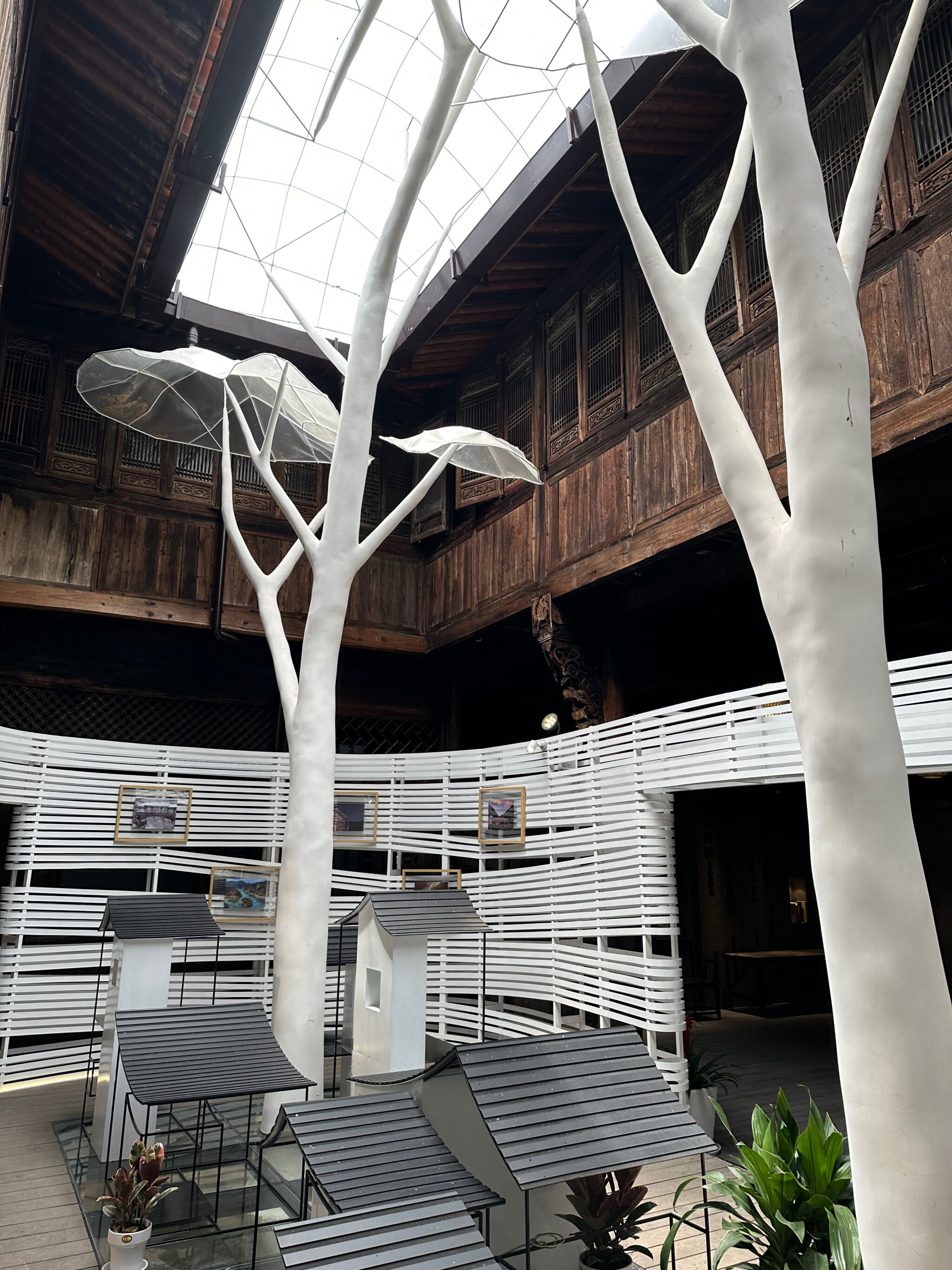
Maling Ancient Road proper started at Shishe Village which I covered in my 2019 post. I was dismayed to see that the main village hall had been gutted by the local government to make way for a showcase of the local area, obliterating the building’s original character and its function as a social centre for the villagers.
Maoping Village (茆坪)
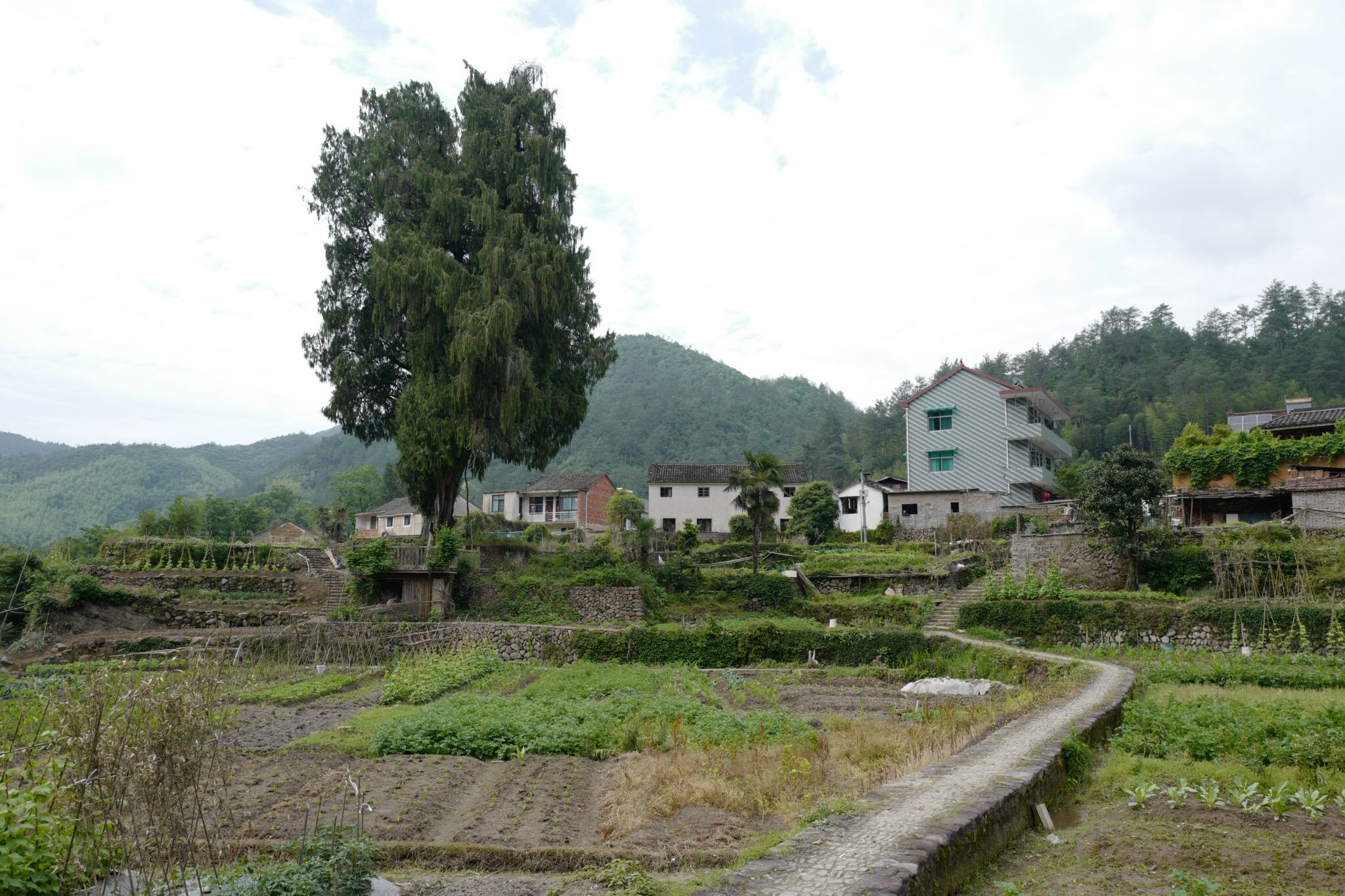
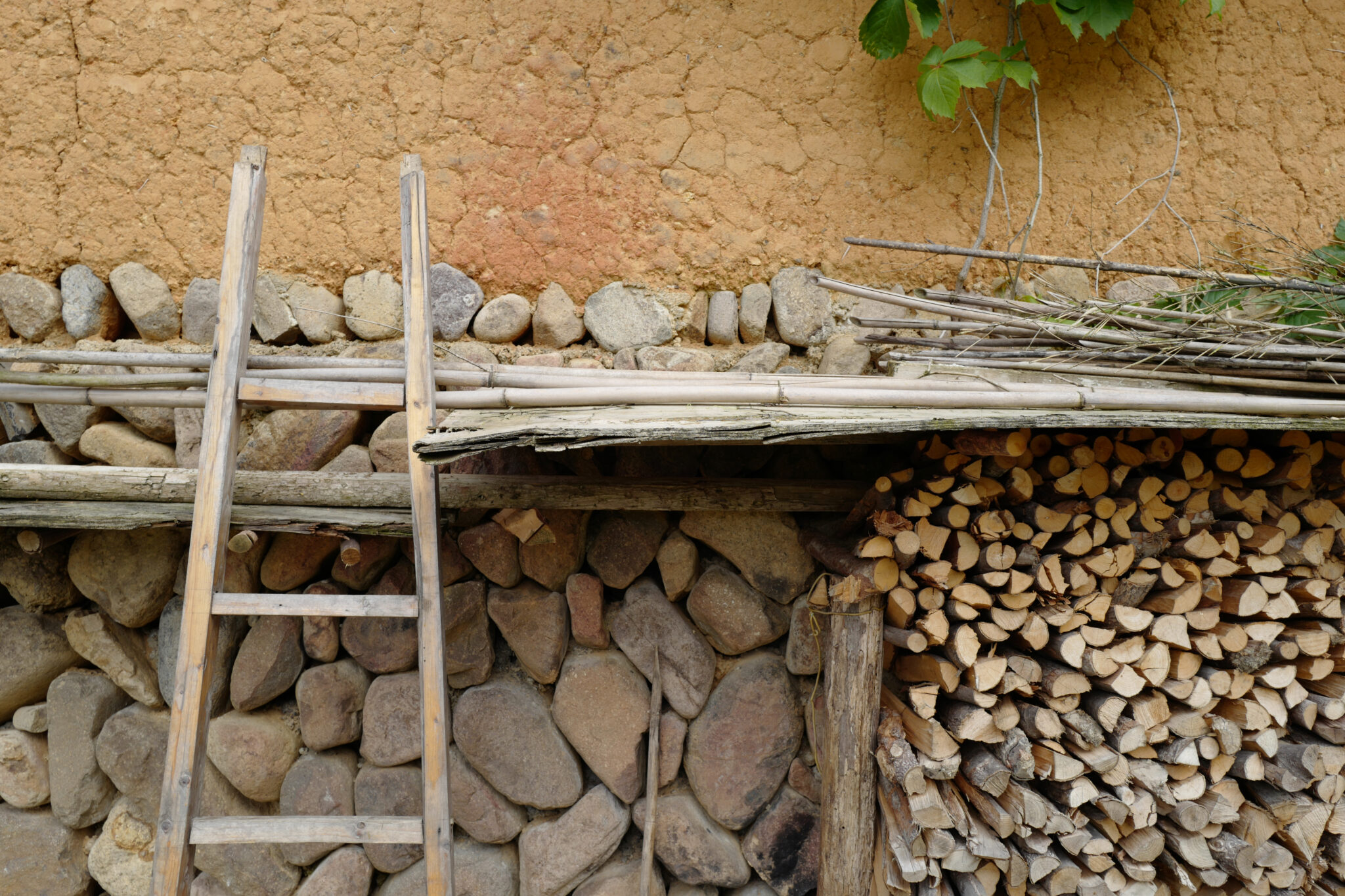
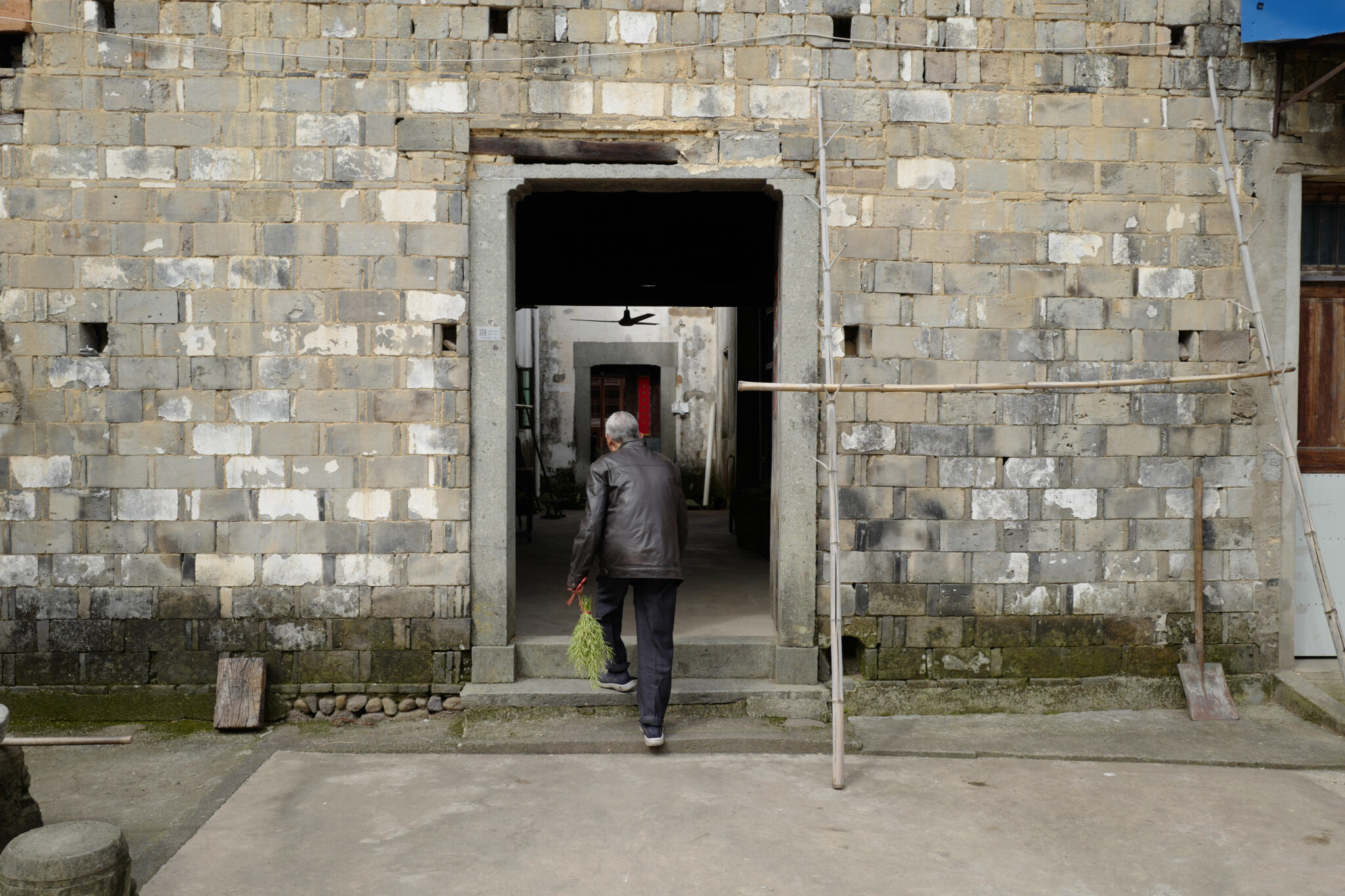
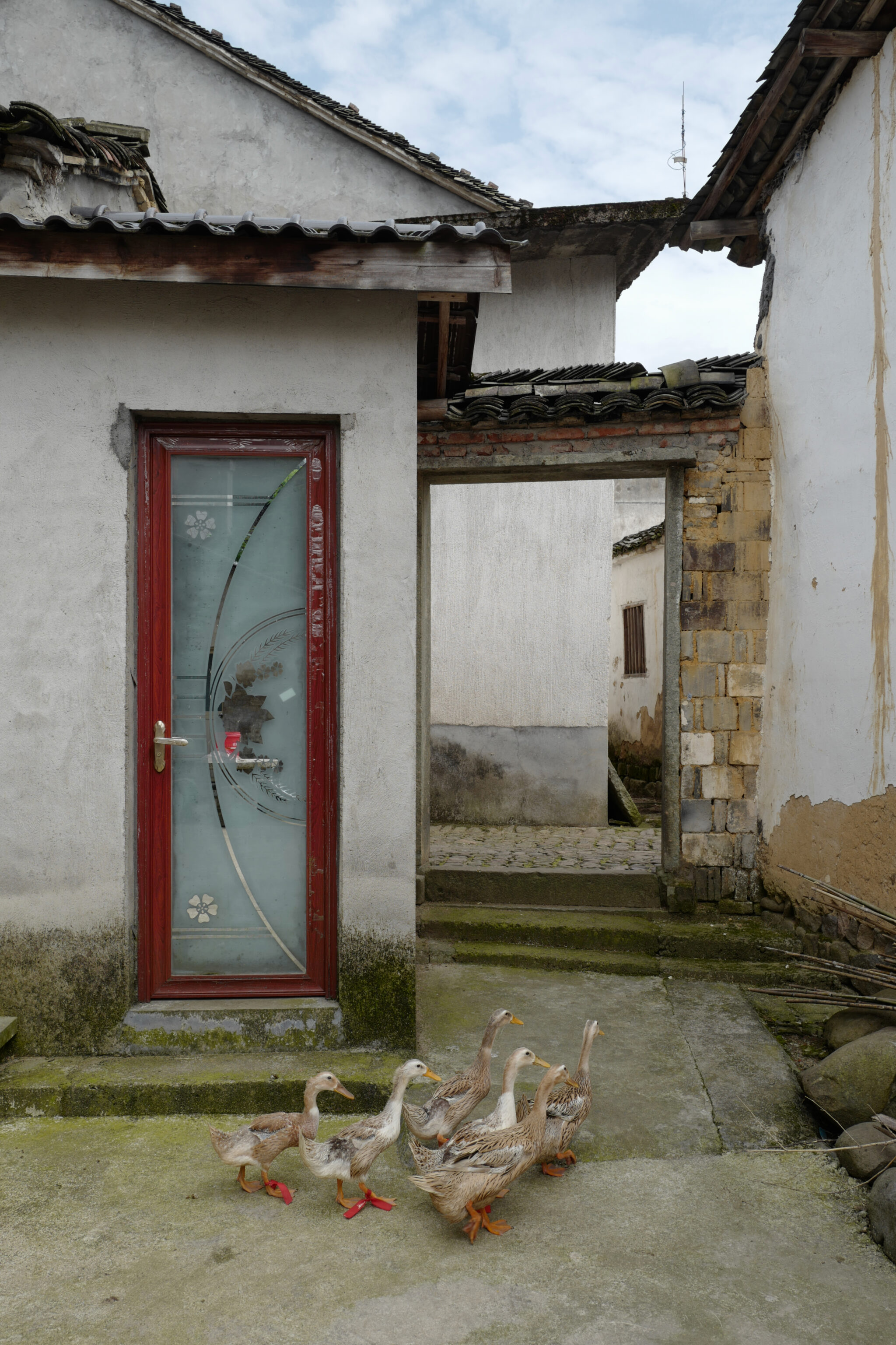
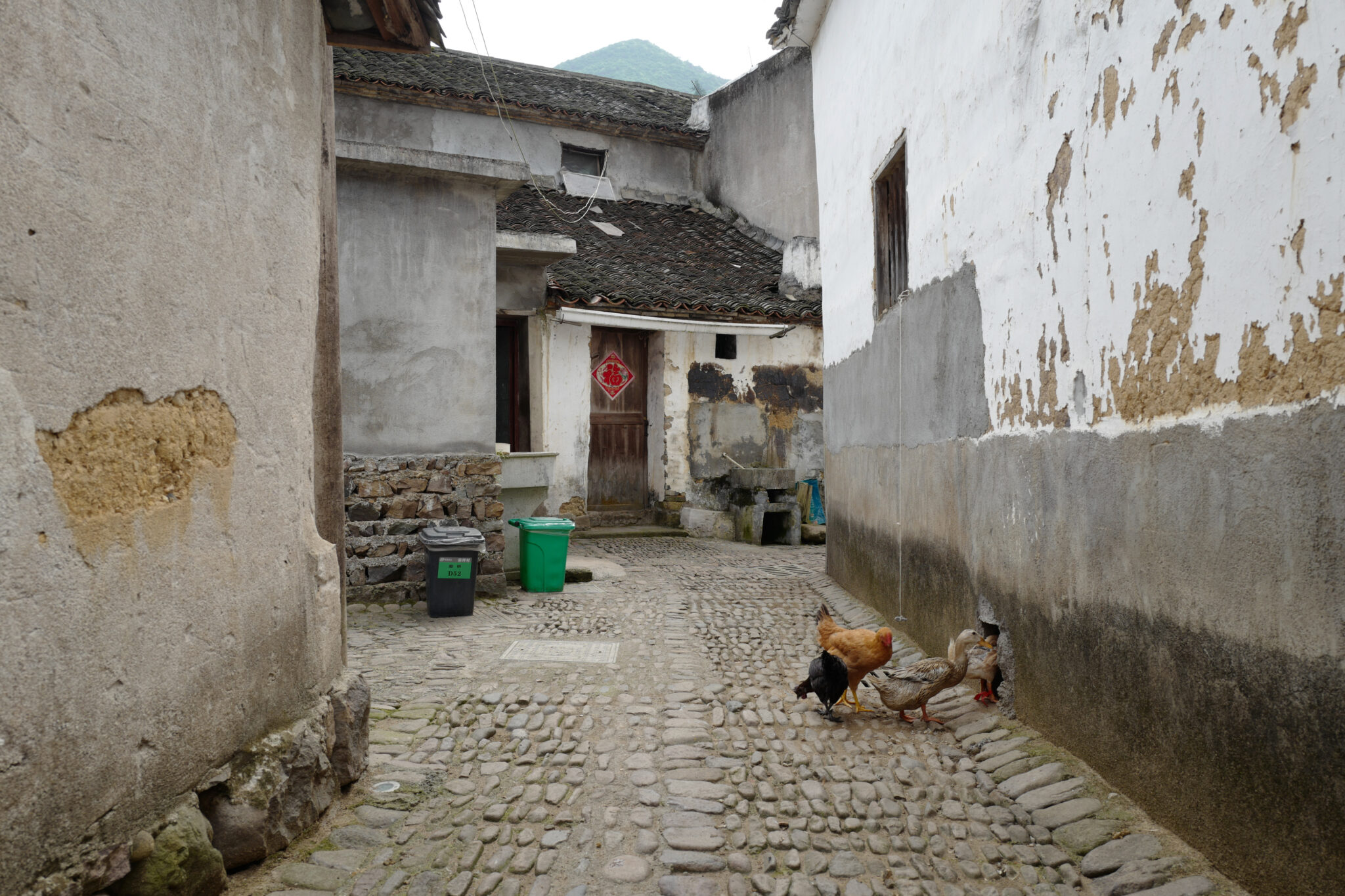
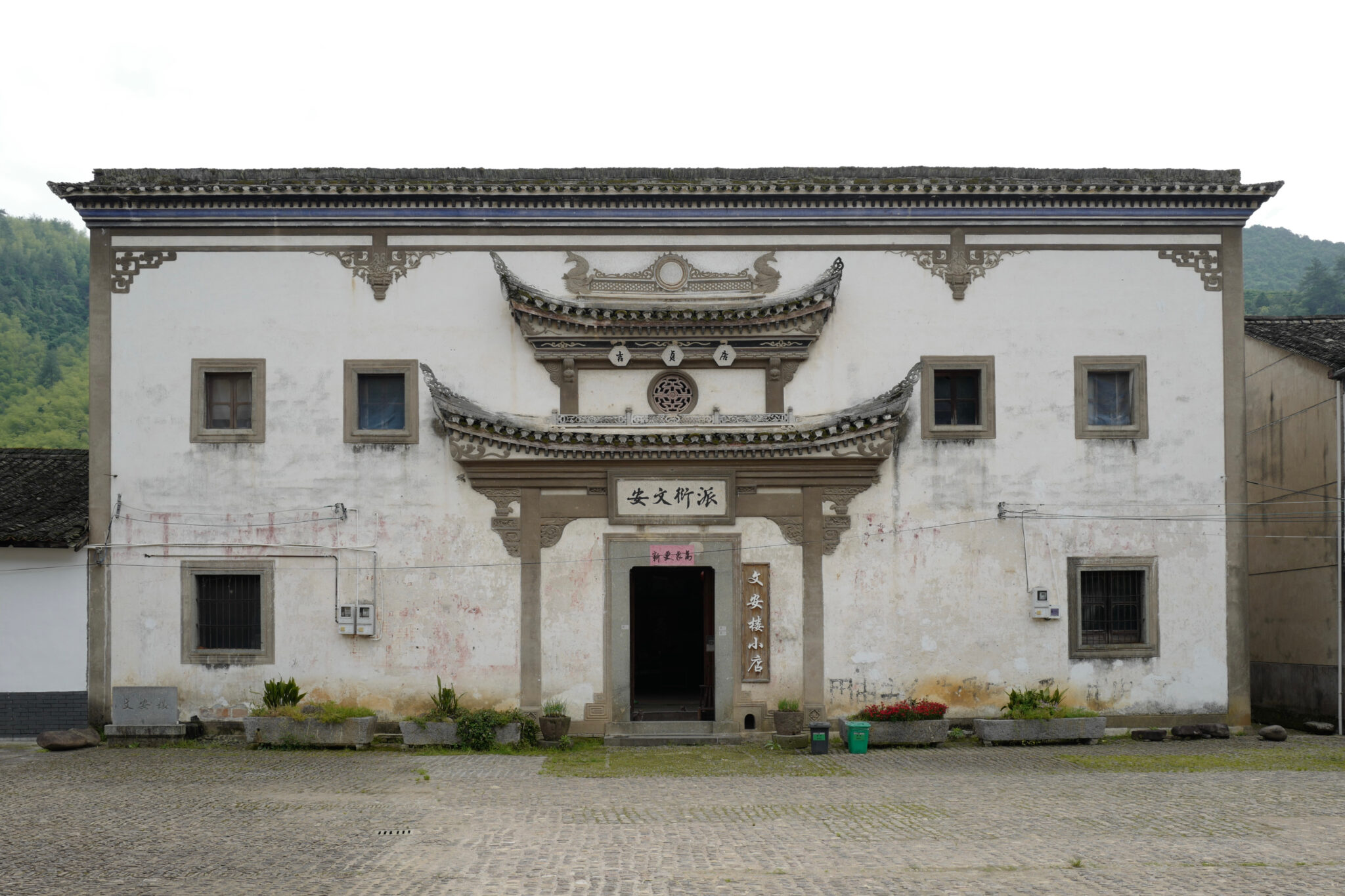
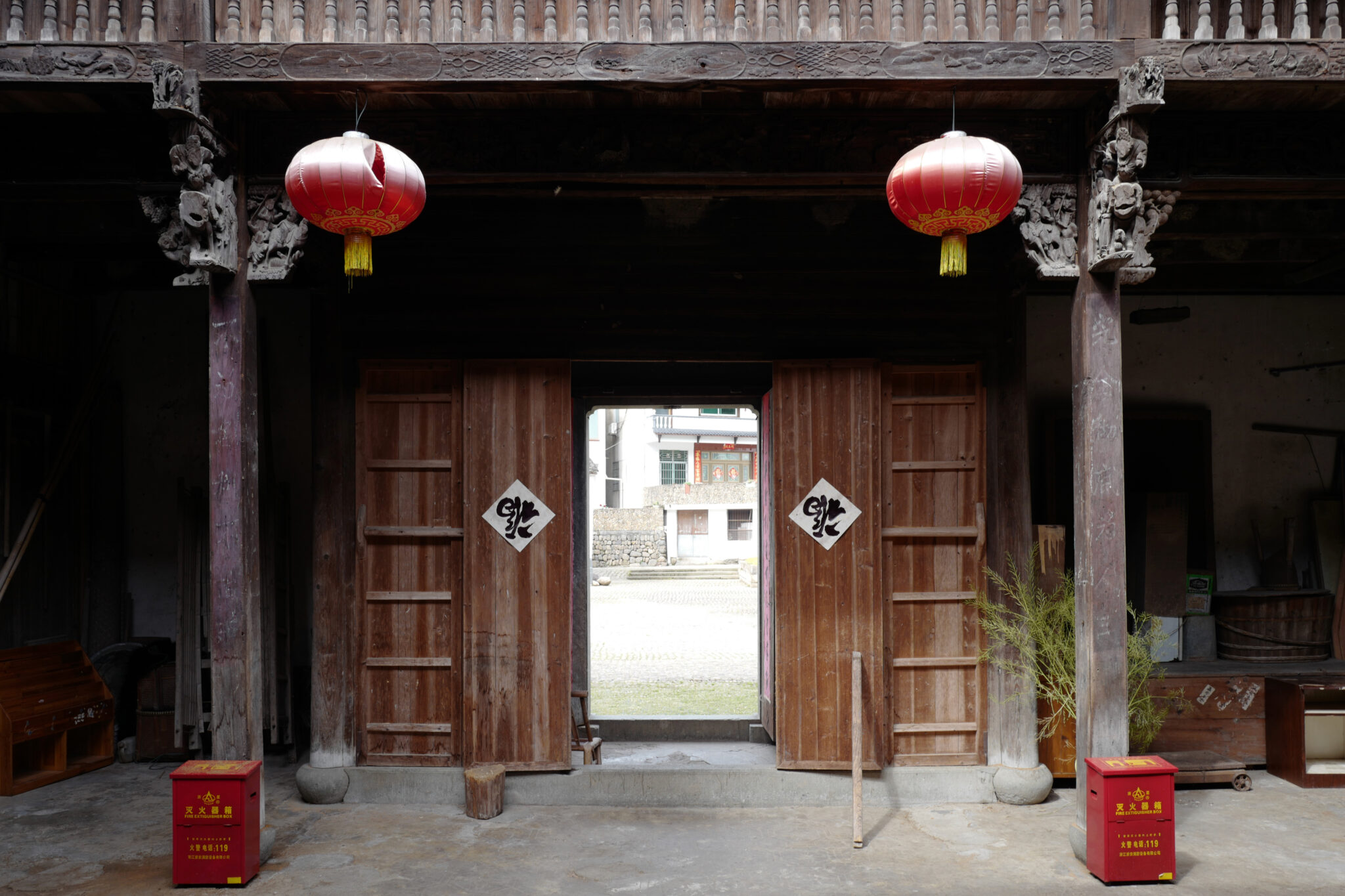
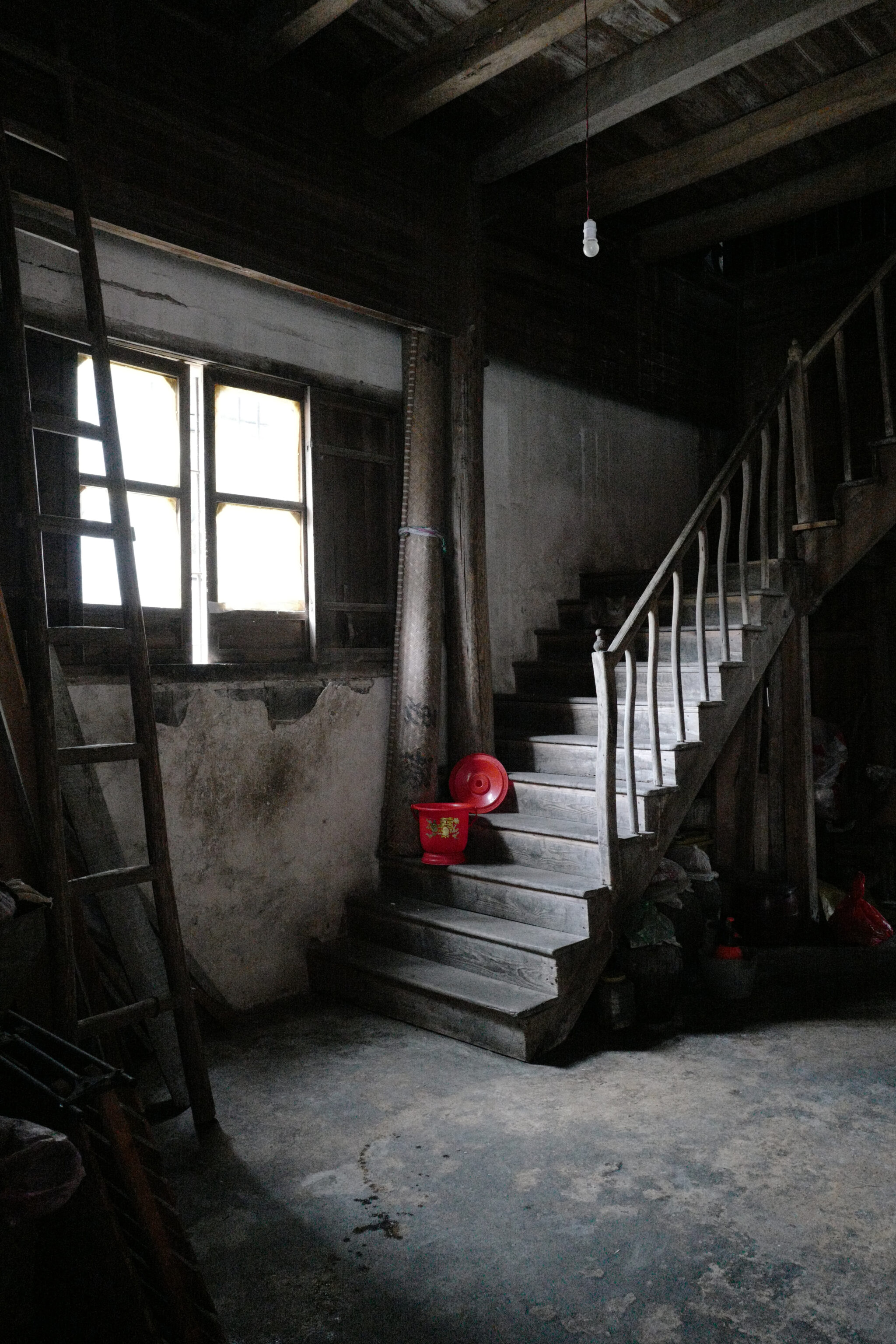
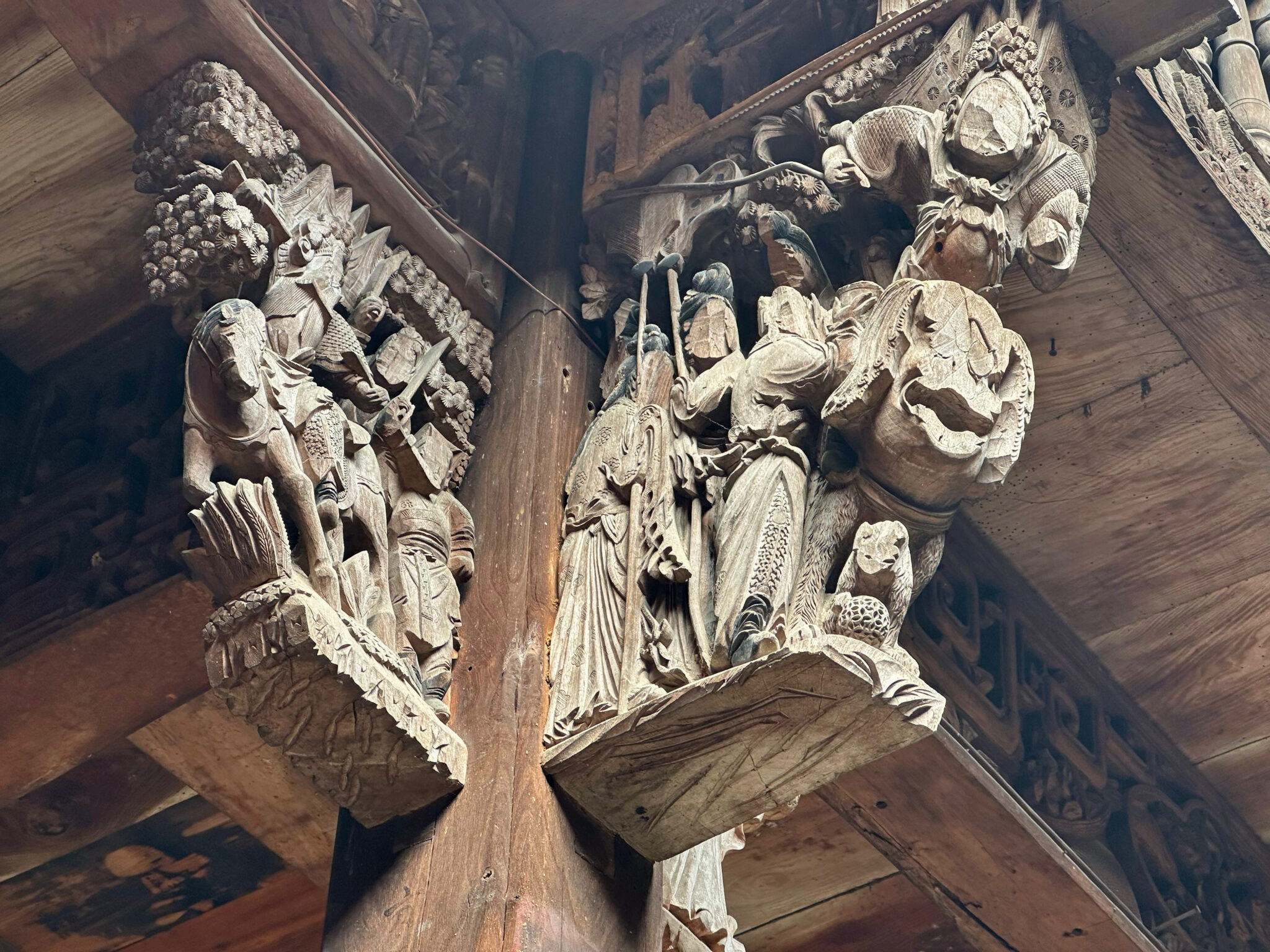
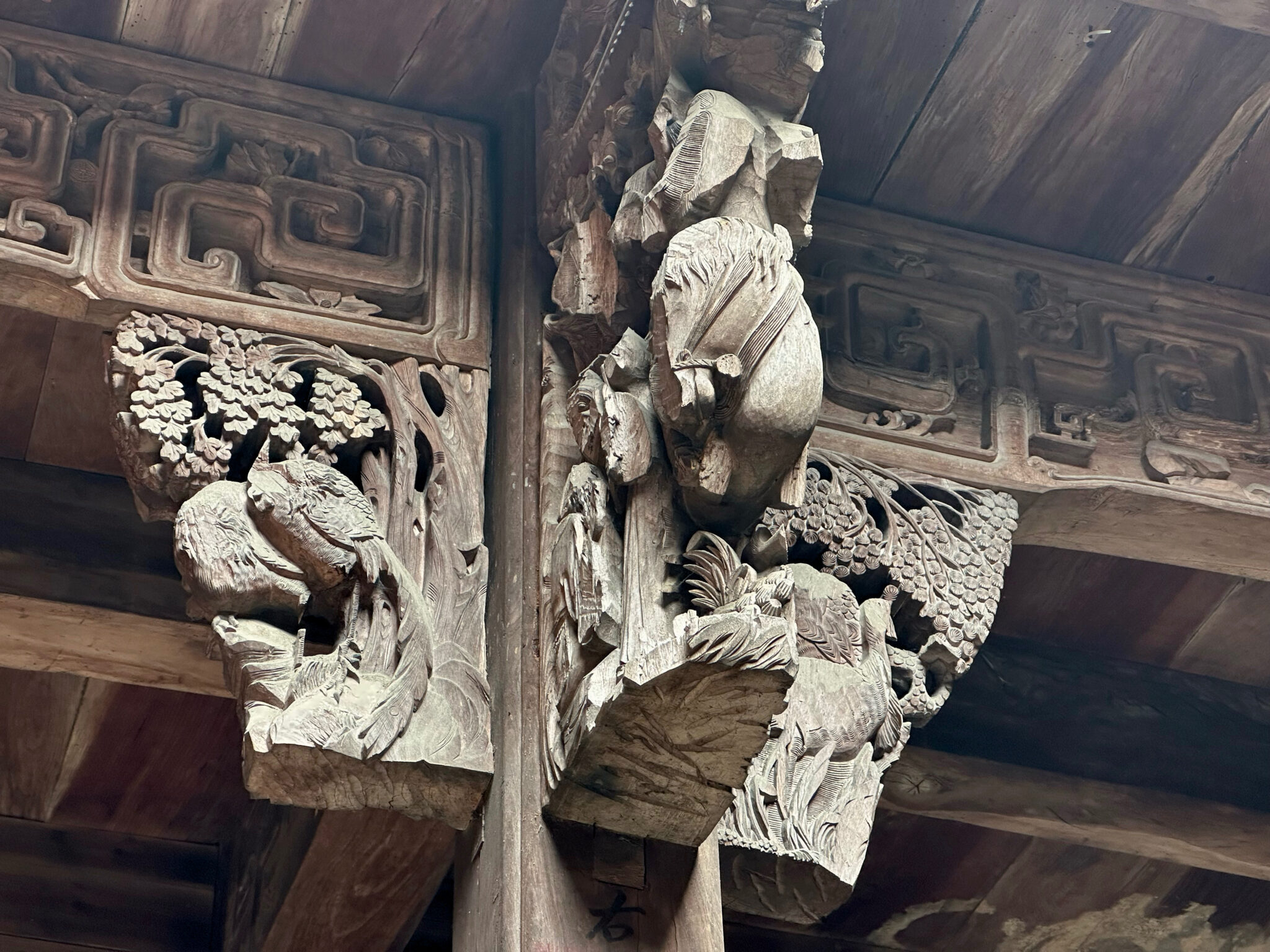
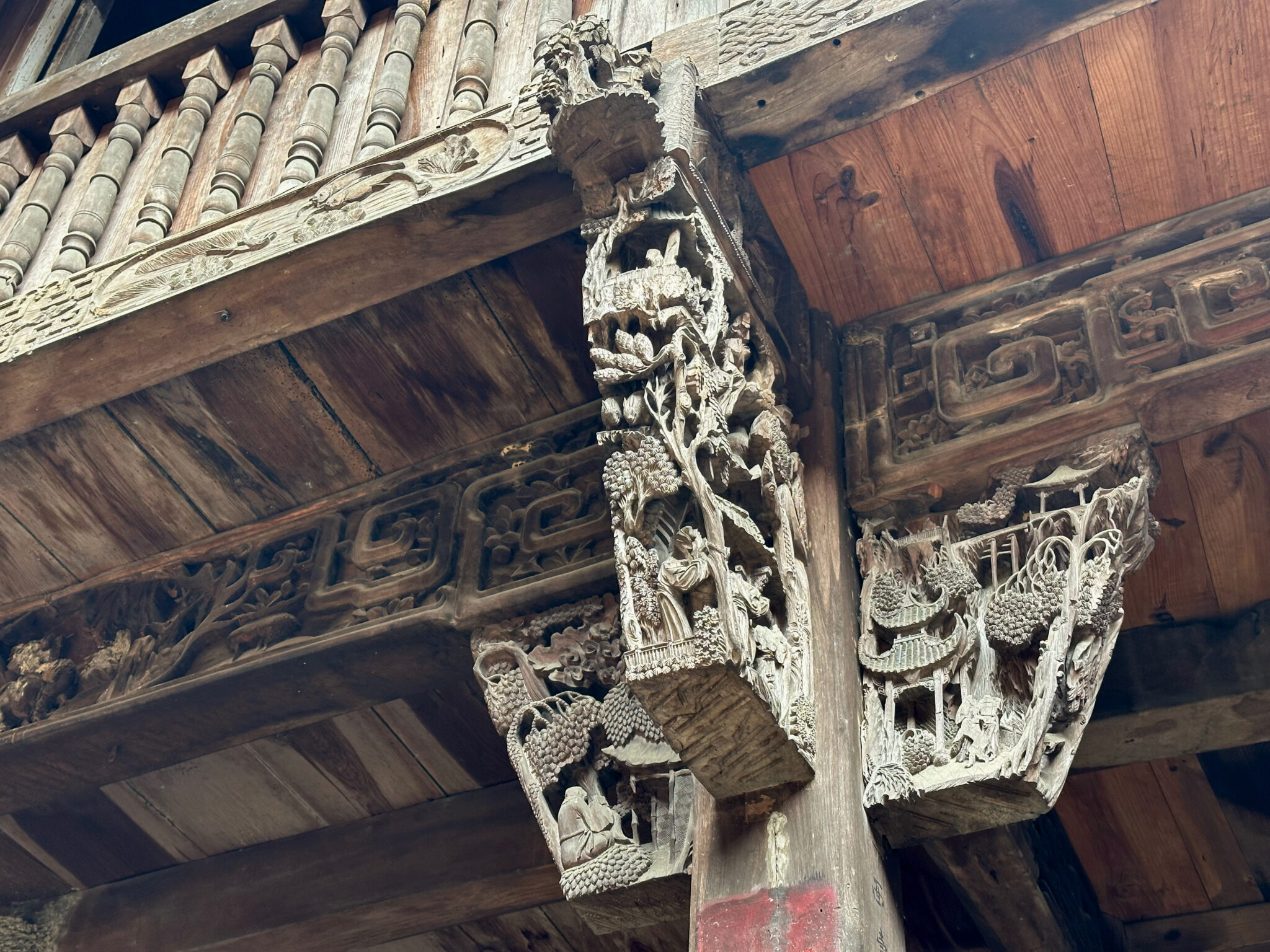
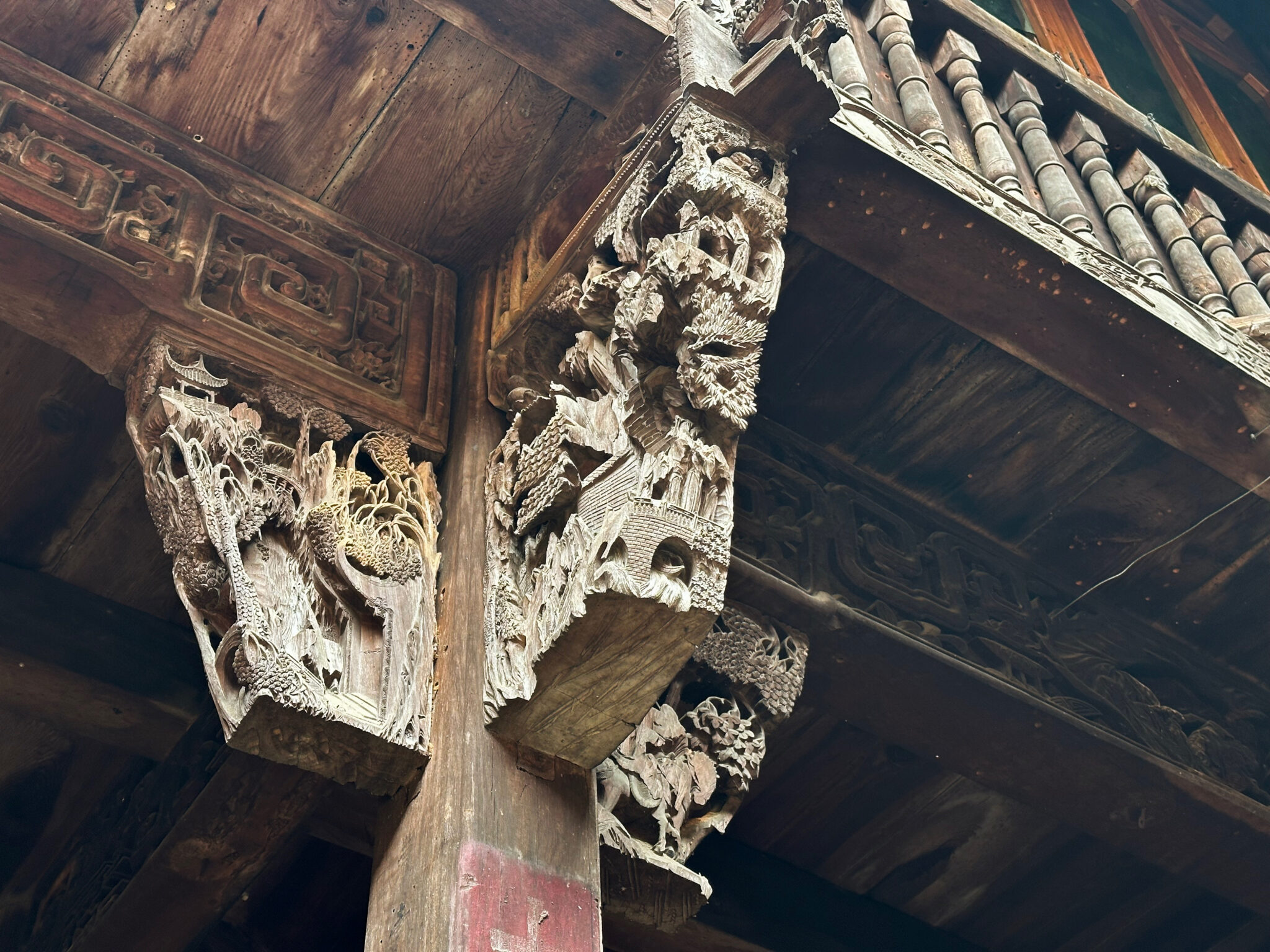
Maoping has well-preserved buildings from the Ming and Qing Dynasties that are achingly beautiful and mostly untouched. This is partly due to them being owned by multiple families, which makes any redevelopment much harder to negotiate.
Villagers in Maoping prospered by making charcoal from wood in the forests and the stream was used to transport this and other goods for sale.
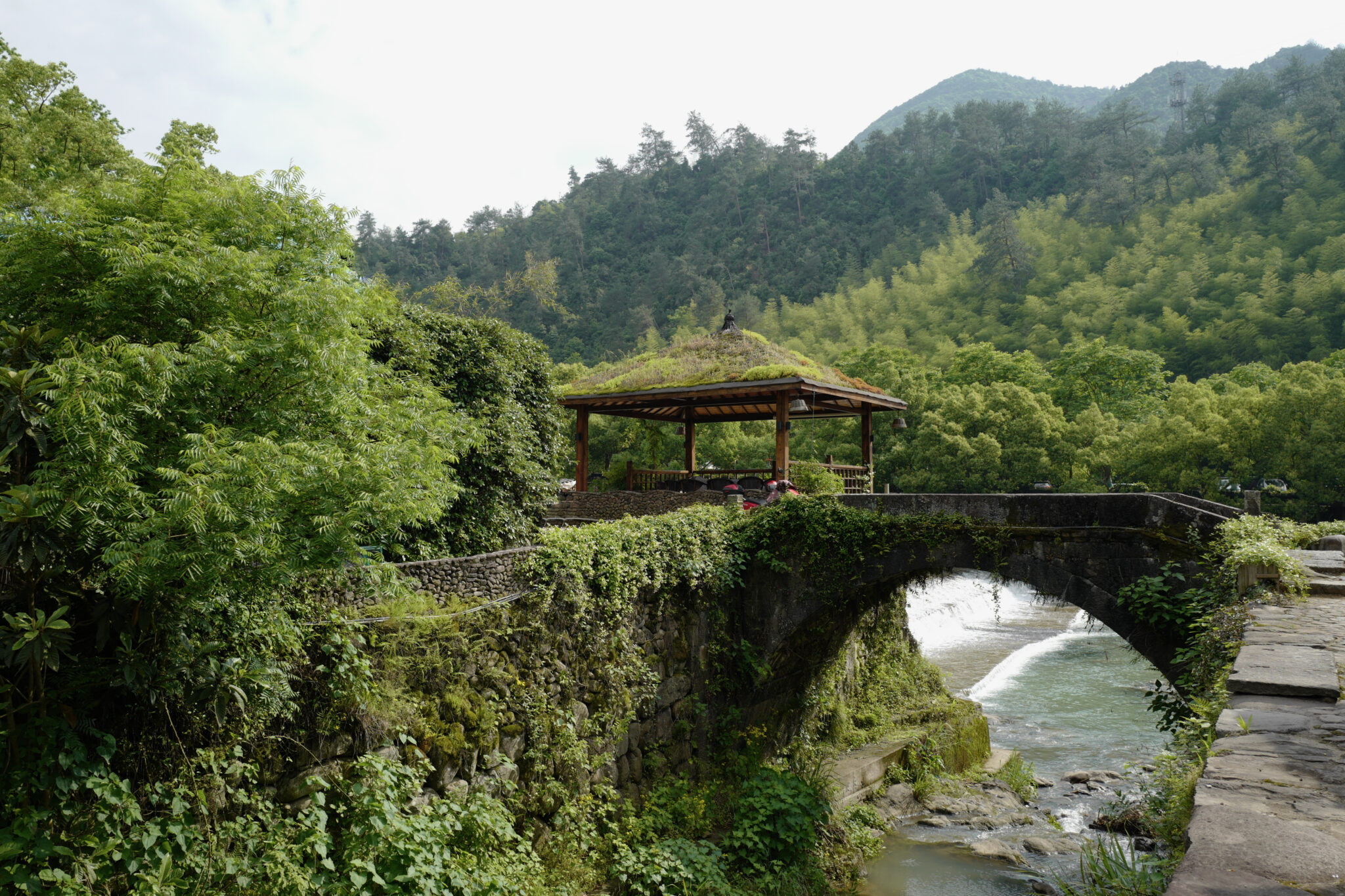
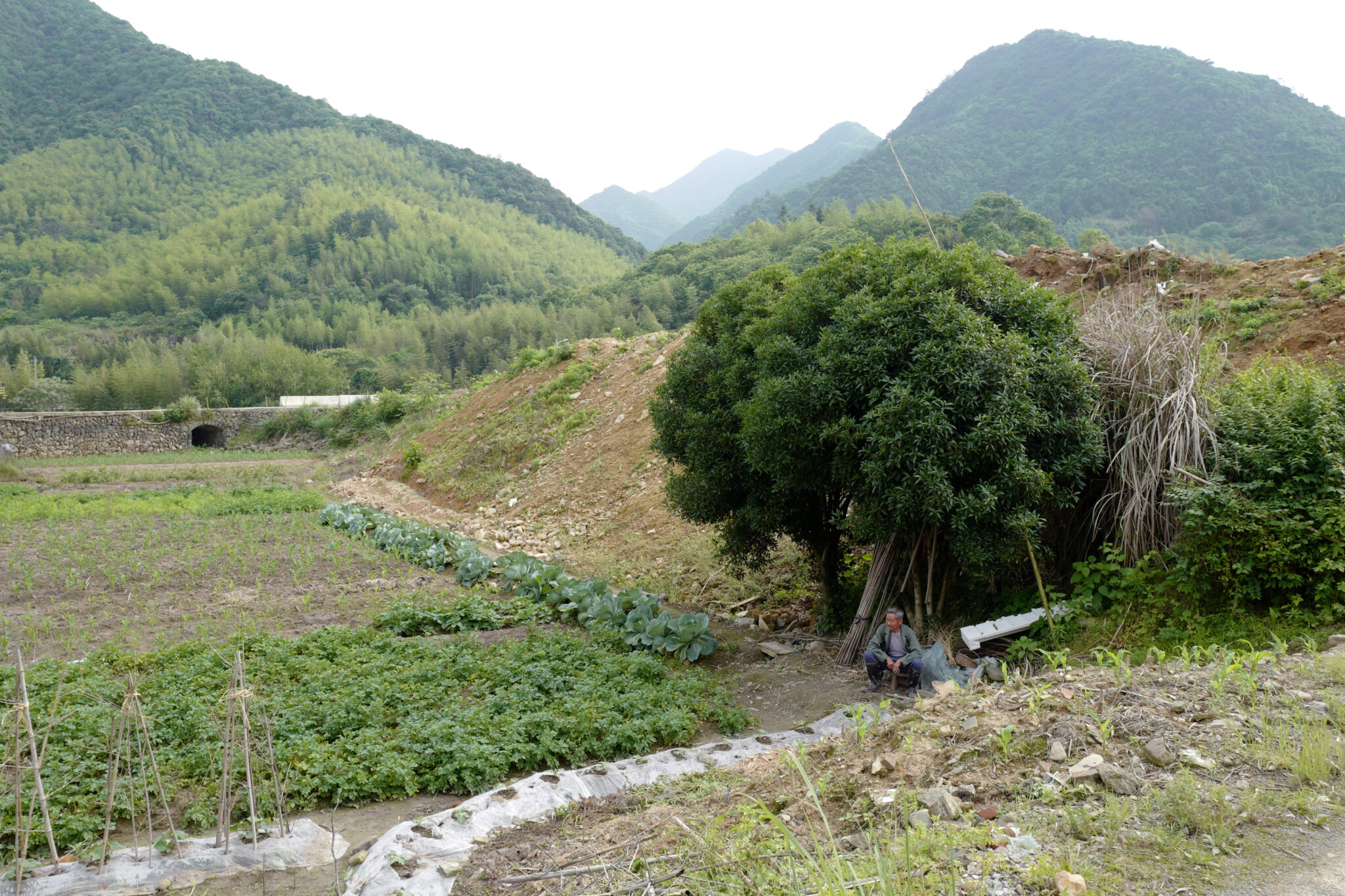
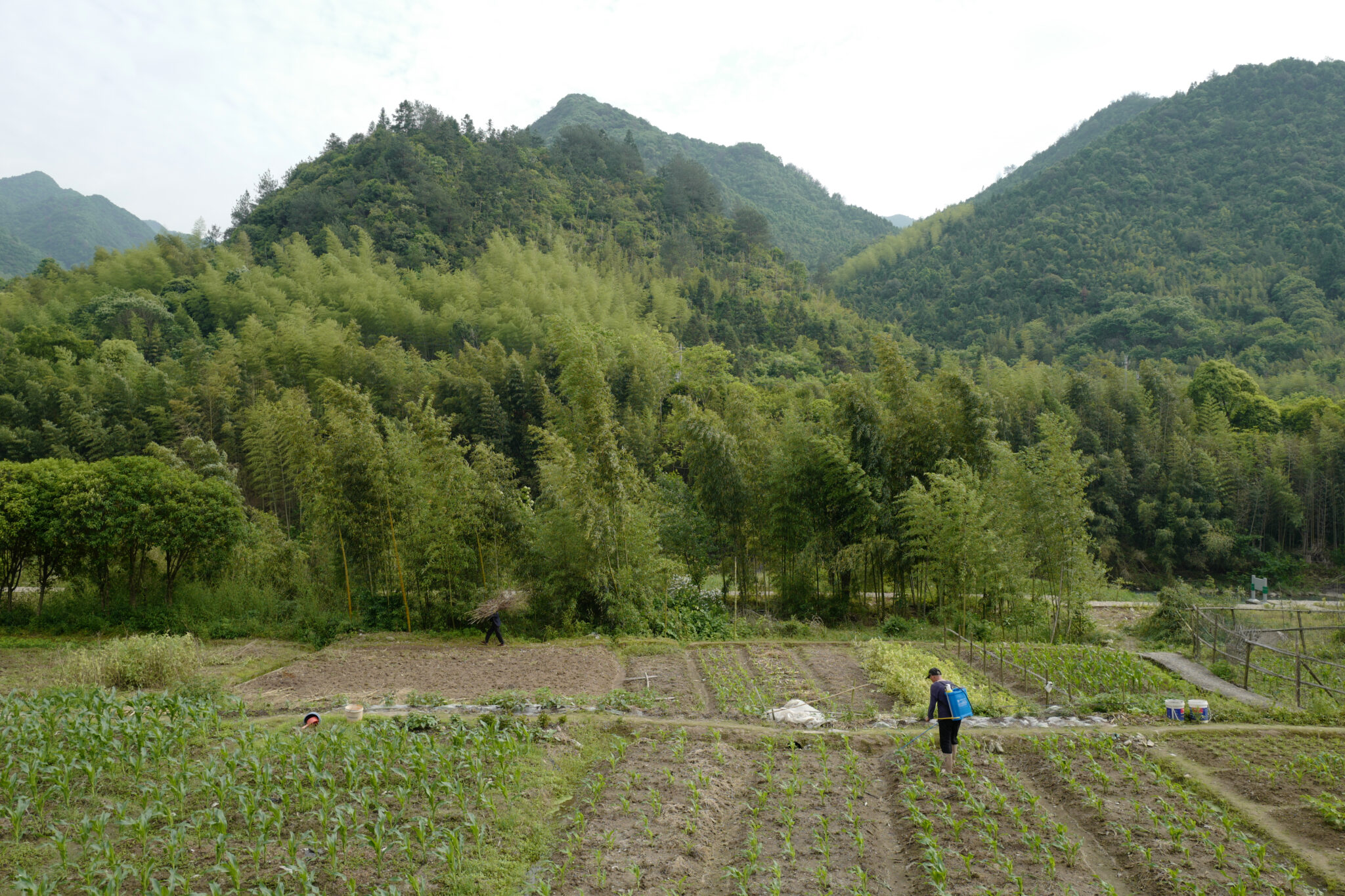
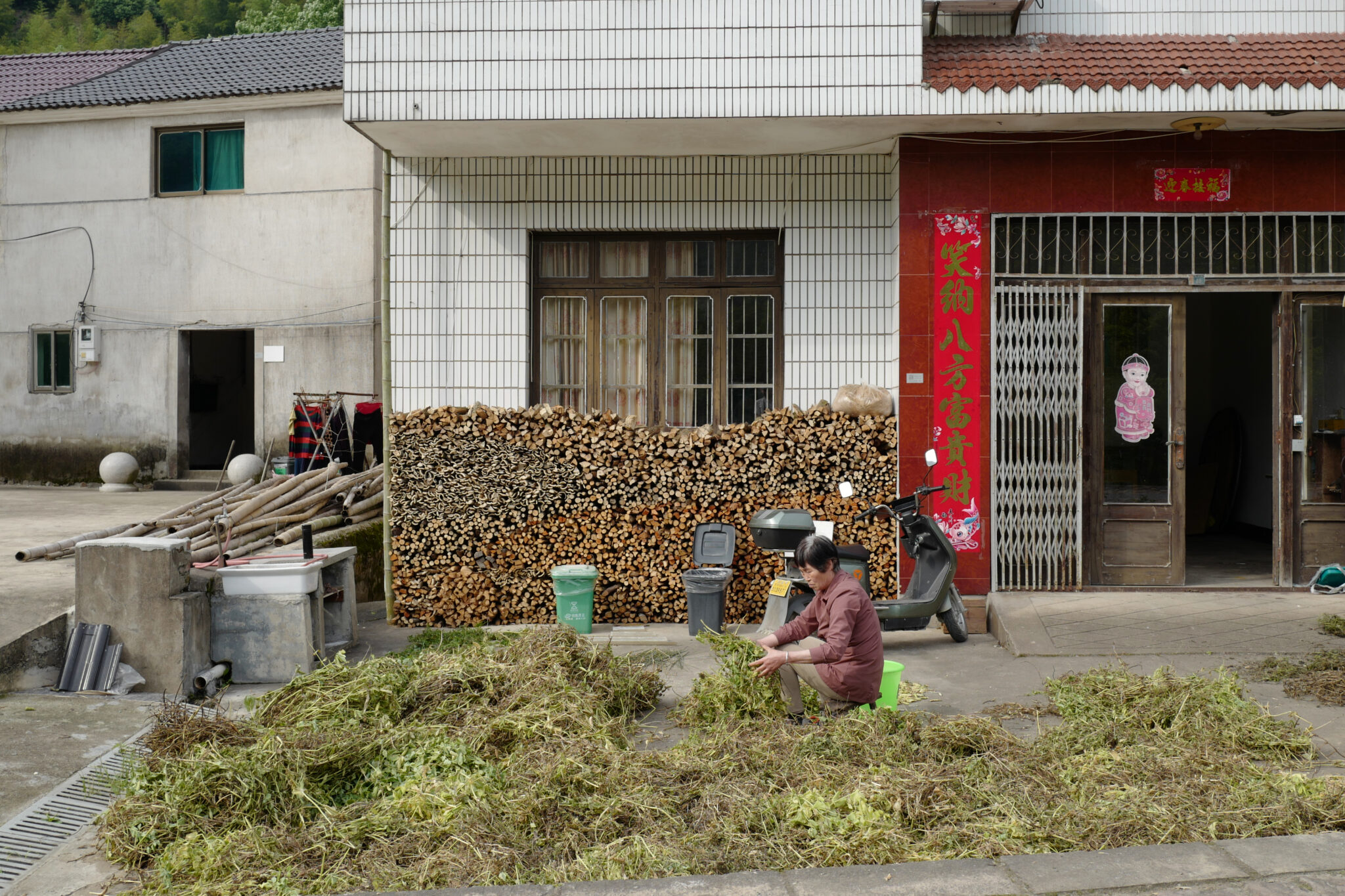
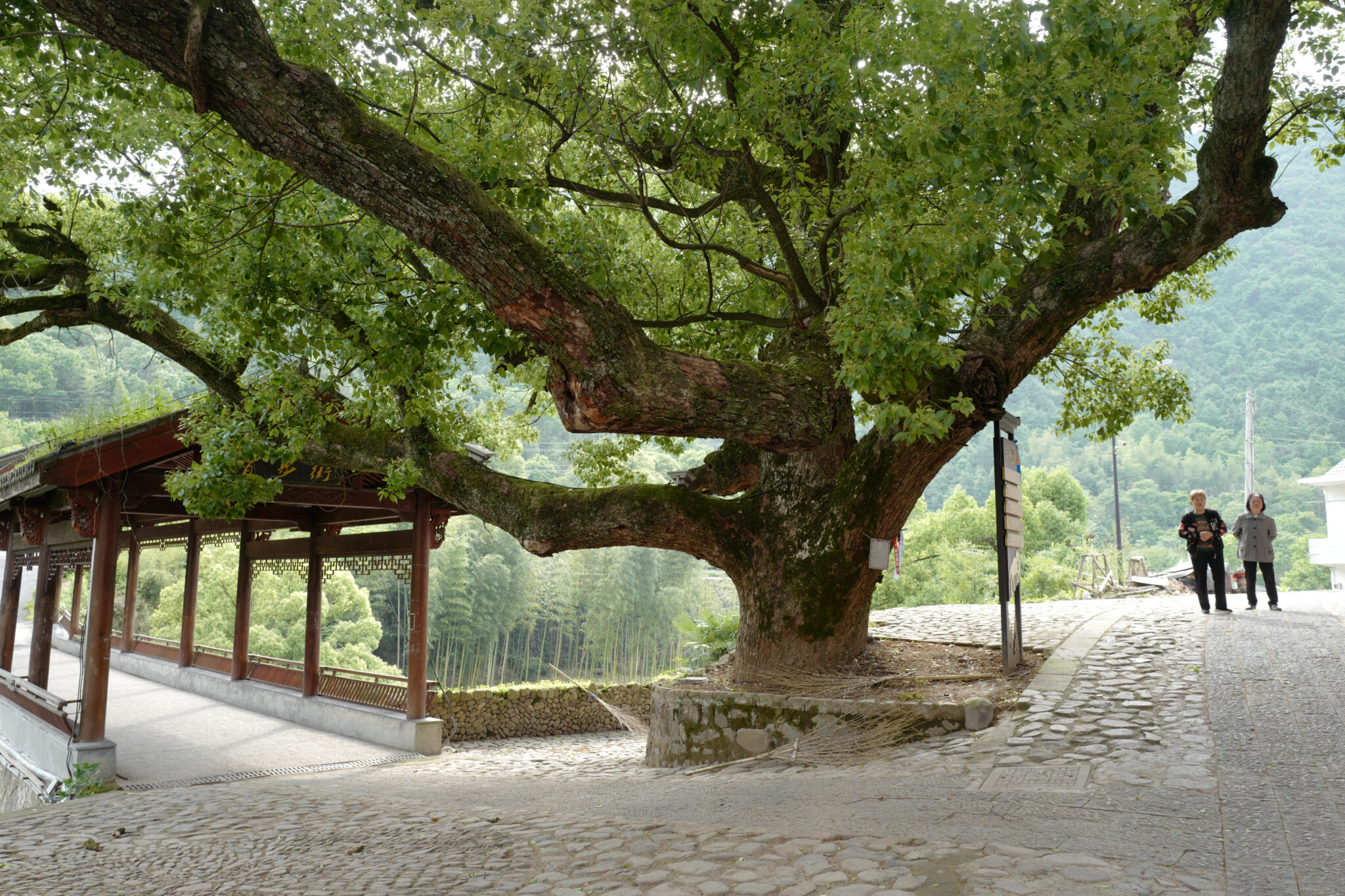
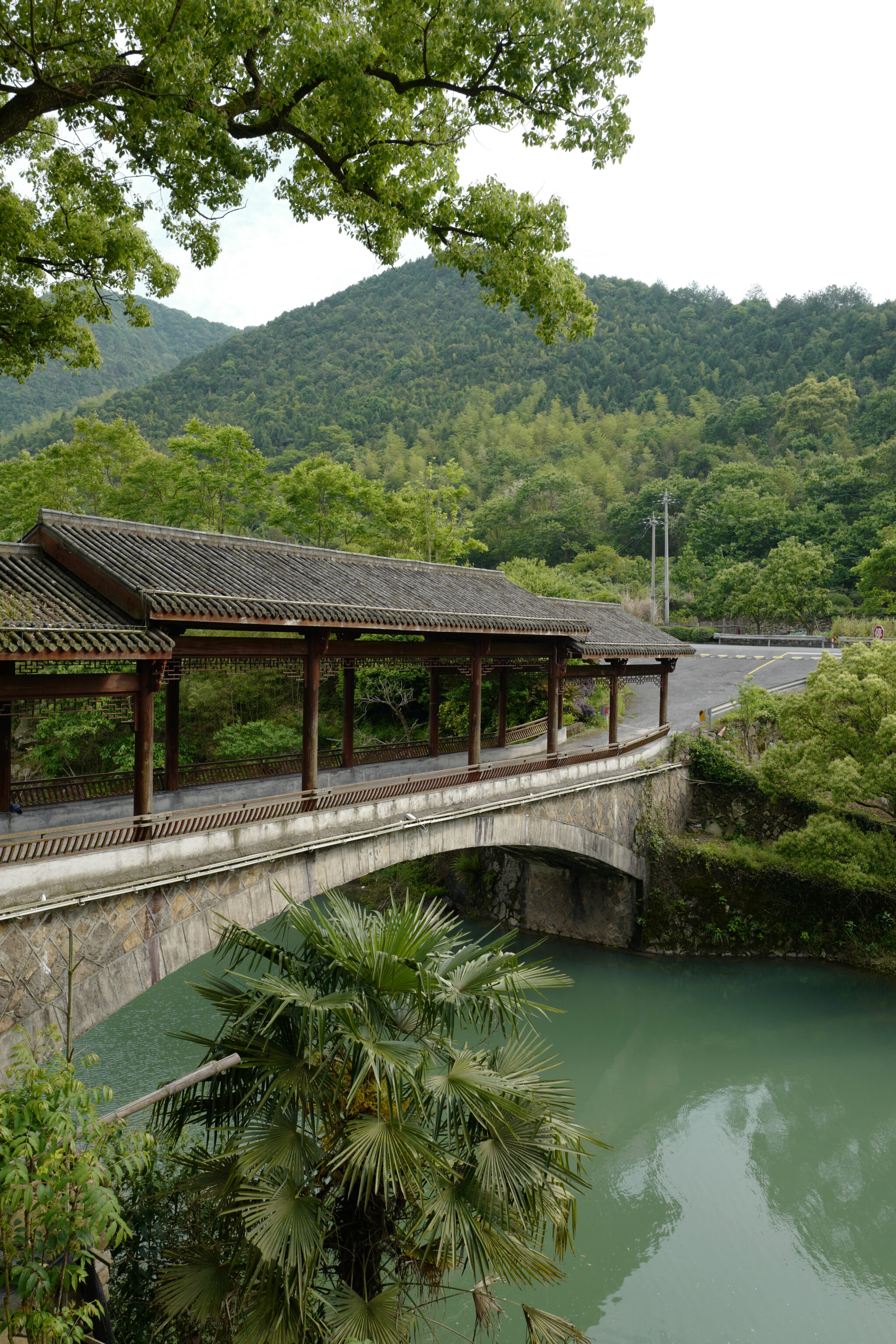
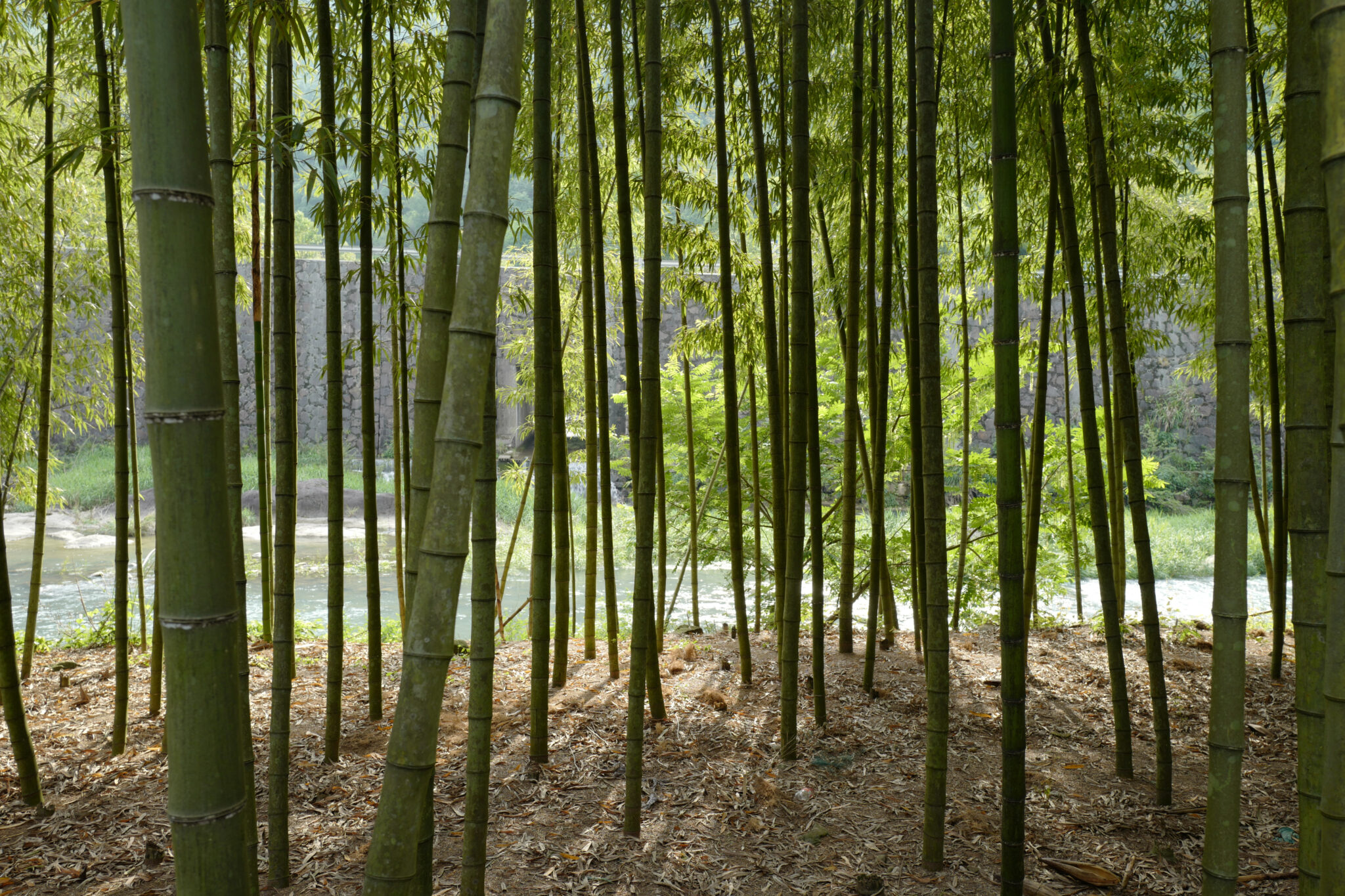
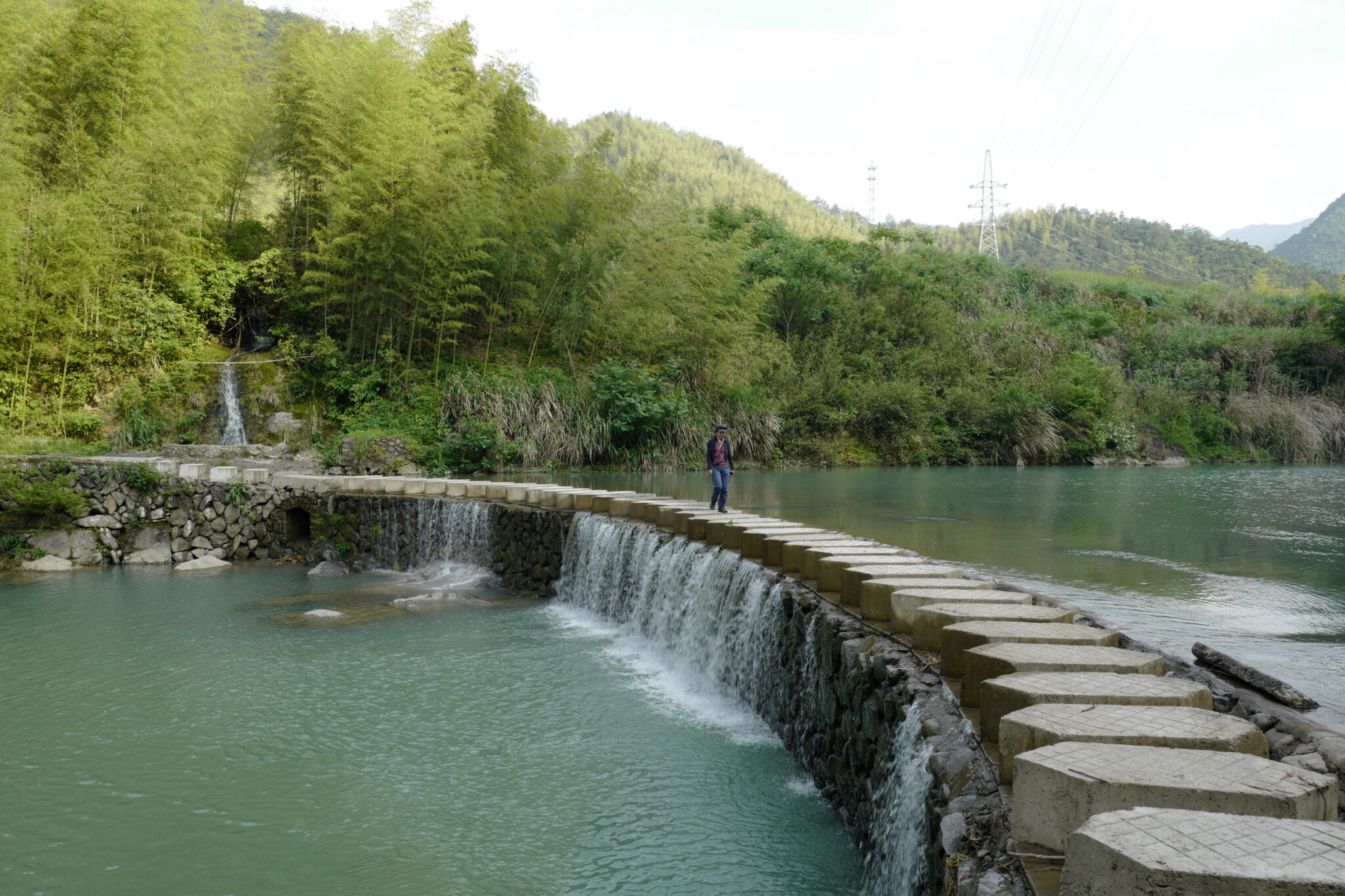
After passing through a bamboo grove, the path first crosses the modern S210 road and then along stepping stones on the top of a concave dam in the river.
Luci Village (芦茨乡)
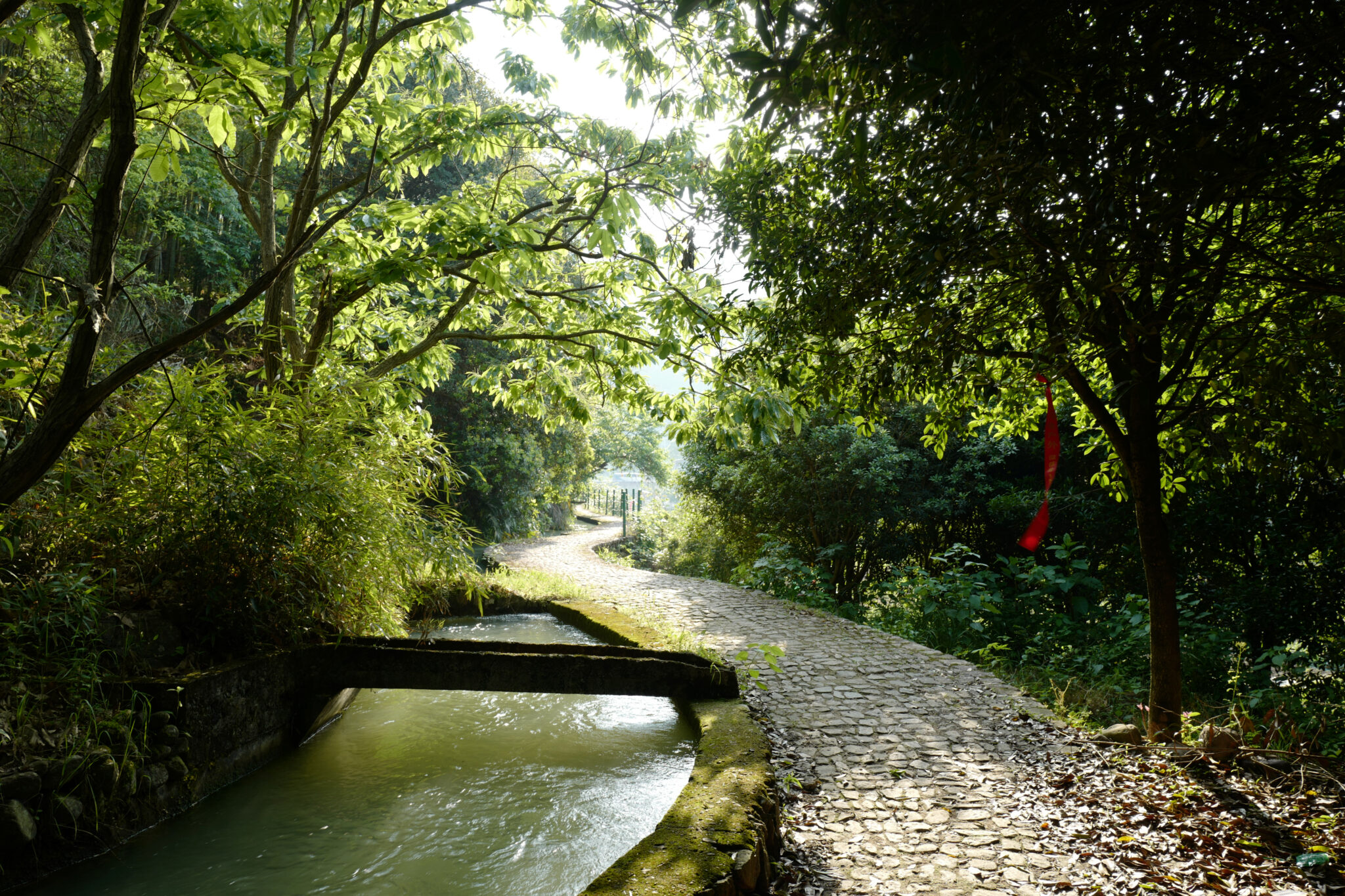
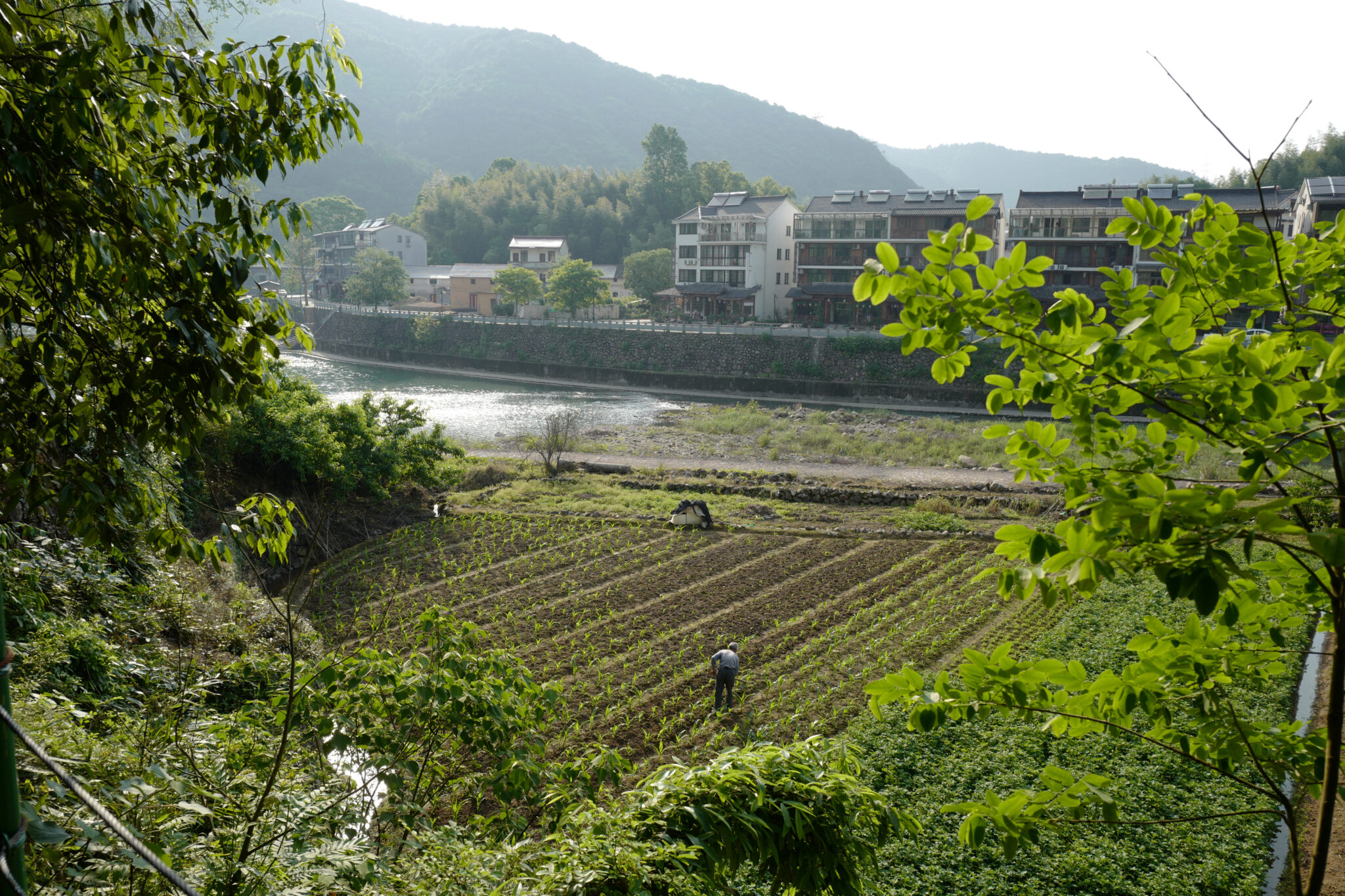
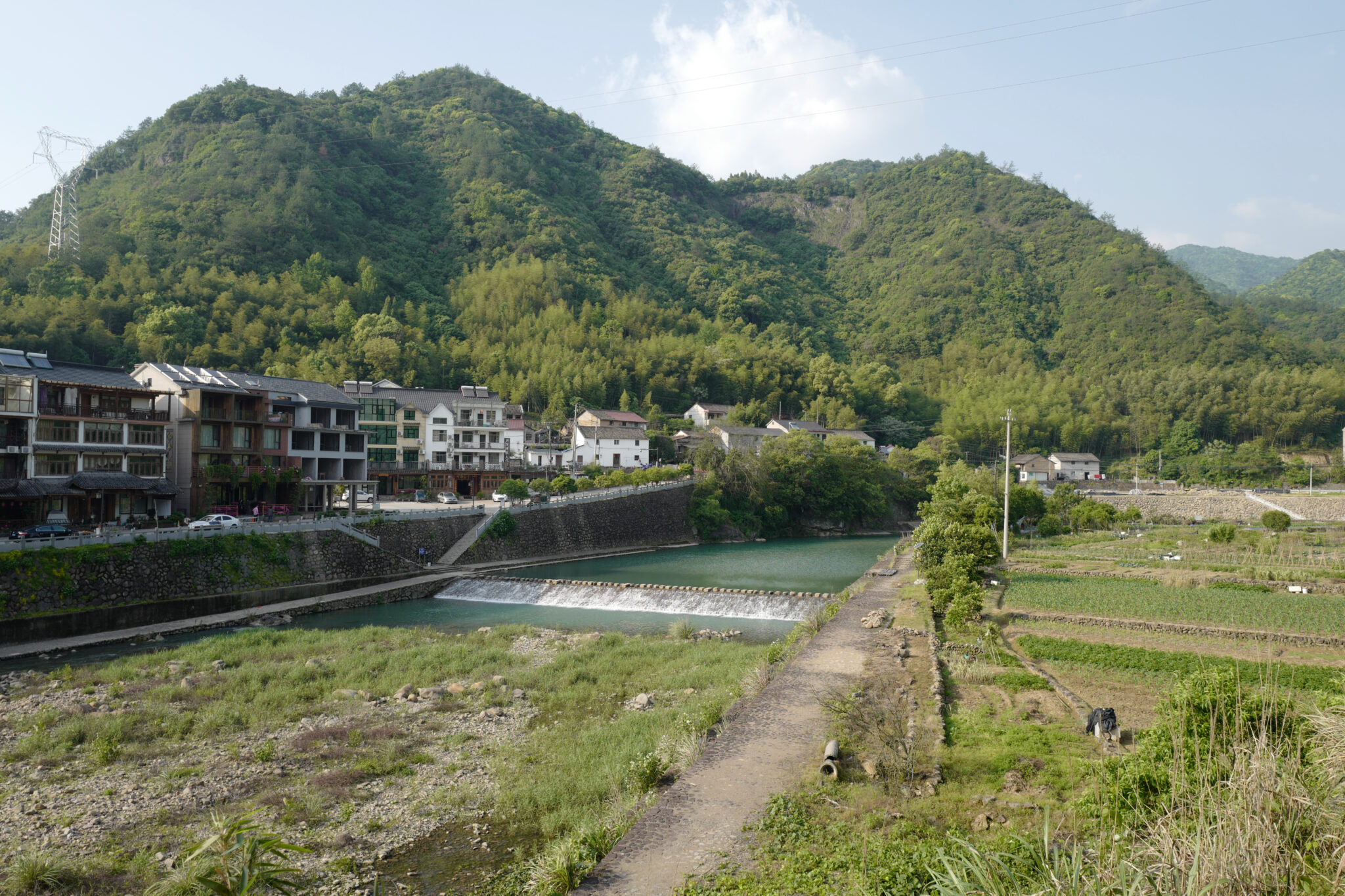
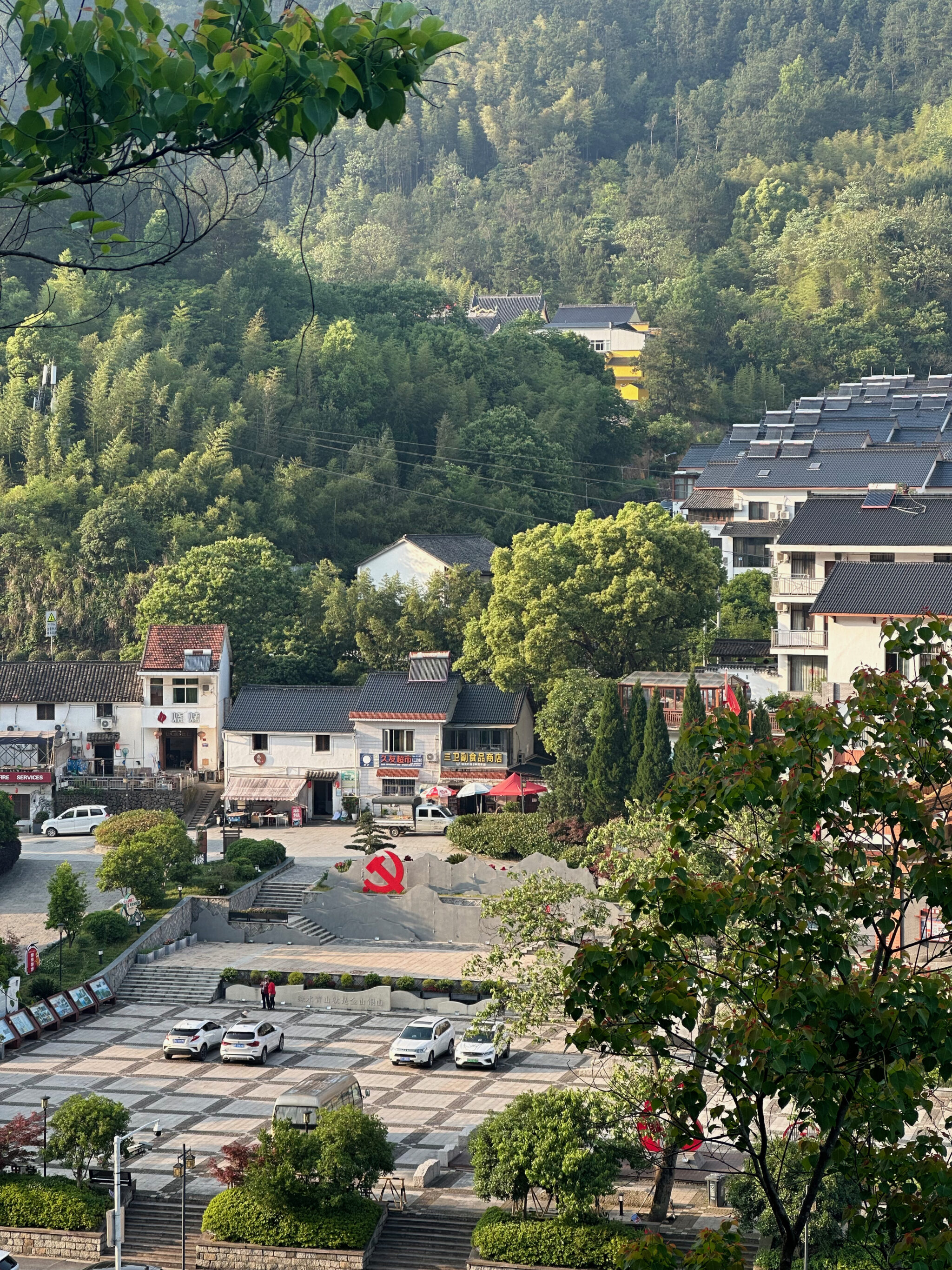
It was late afternoon by the time we reached Luci Village and the golden hour light gave everything a warm glow, accentuating the textures of the beautiful landscape.
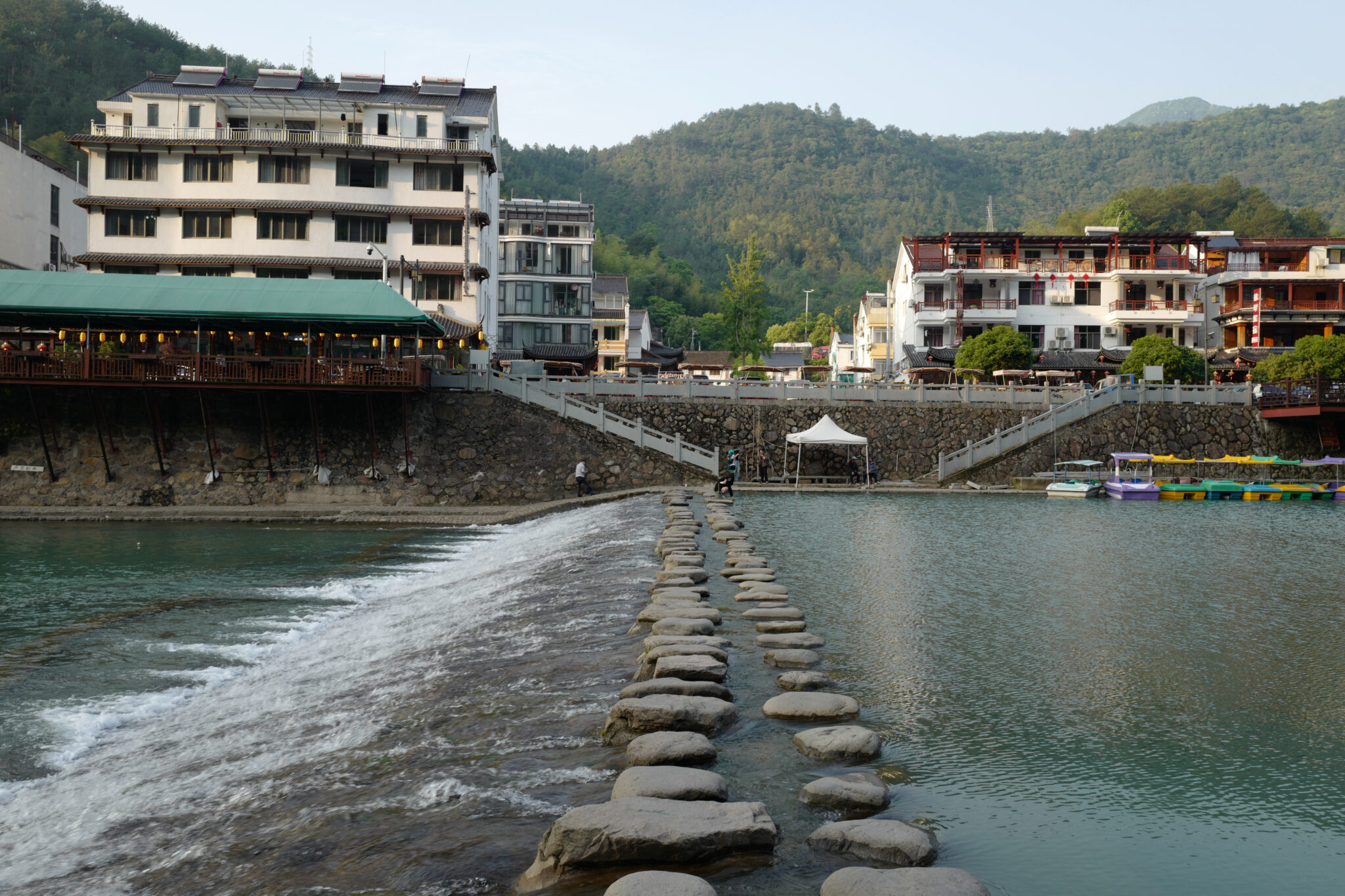
Luci is famous for having inspired many Chinese painters, poets, and philosophers over the centuries. It is said to be where Huang Gongwang got the inspiration for his arguably greatest work, Dwelling in the Fuchun Mountains.
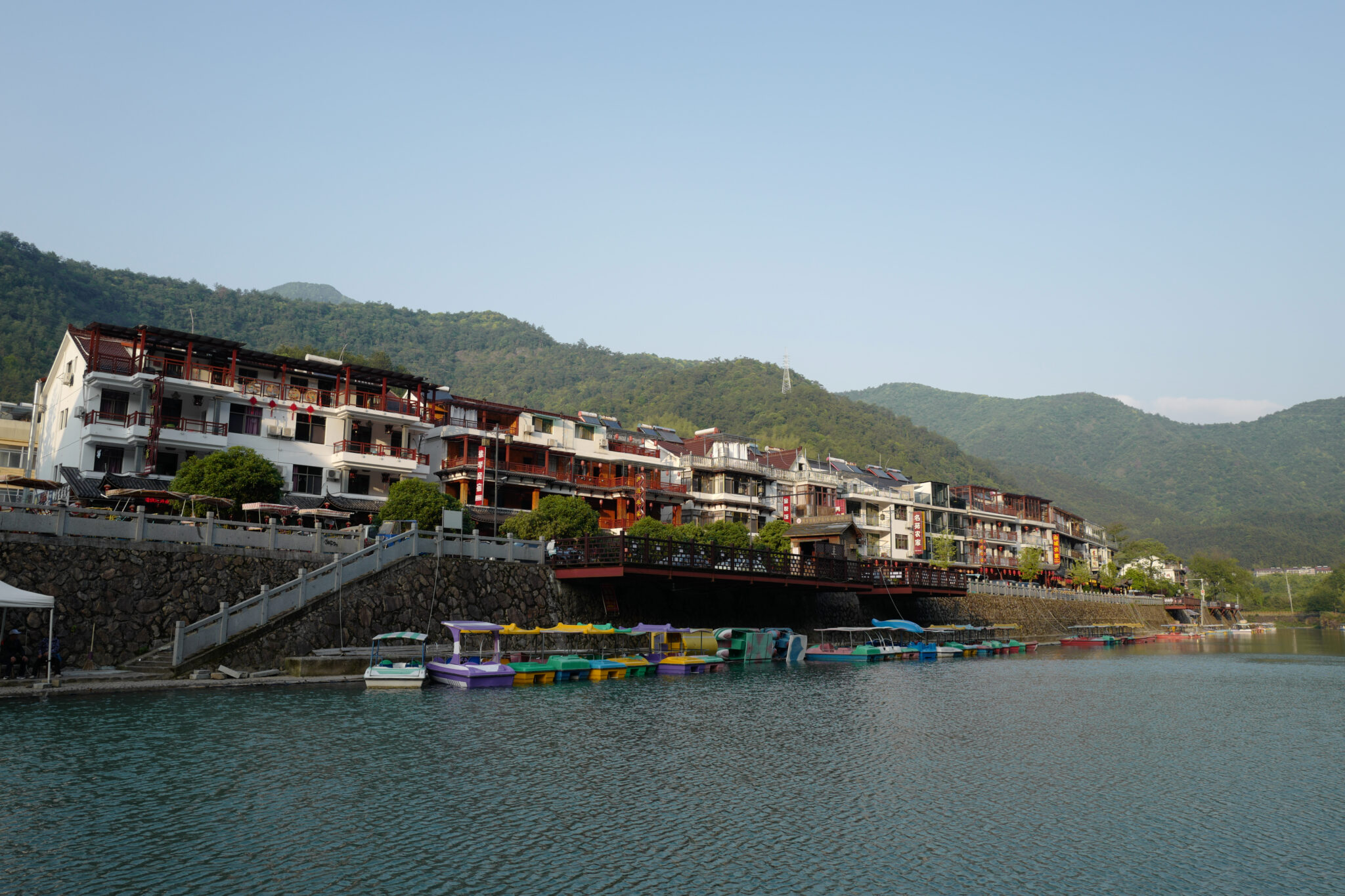
We had walked around 12 km of Maling Ancient Road and despite it being a flat easy-going route our legs were ready to rest.
It was a memorable way to round off our trip up the east coast of China that had begun a few weeks earlier in Hong Kong and it was heartening to know that it’s still possible to see glimpses of old China no matter how fleeting they may be.

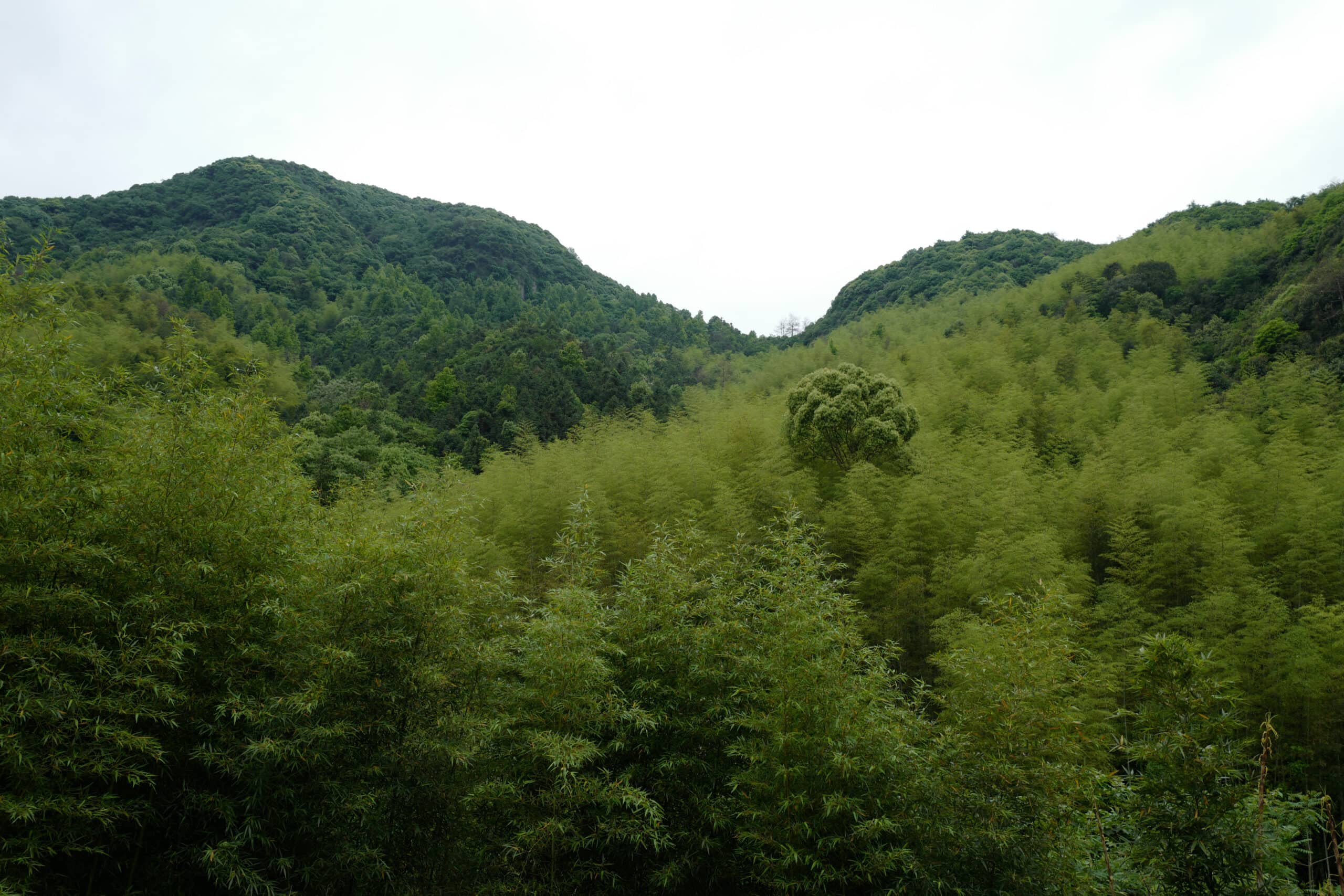
Reply